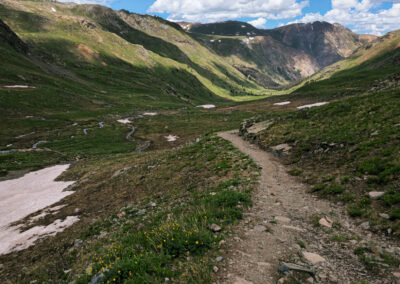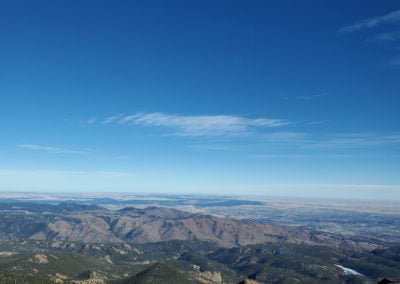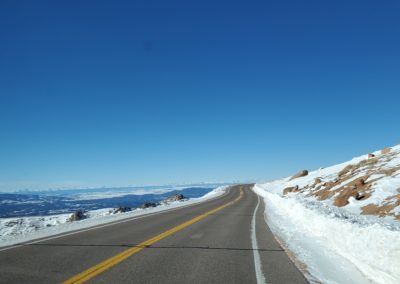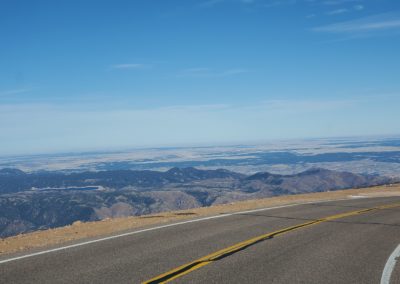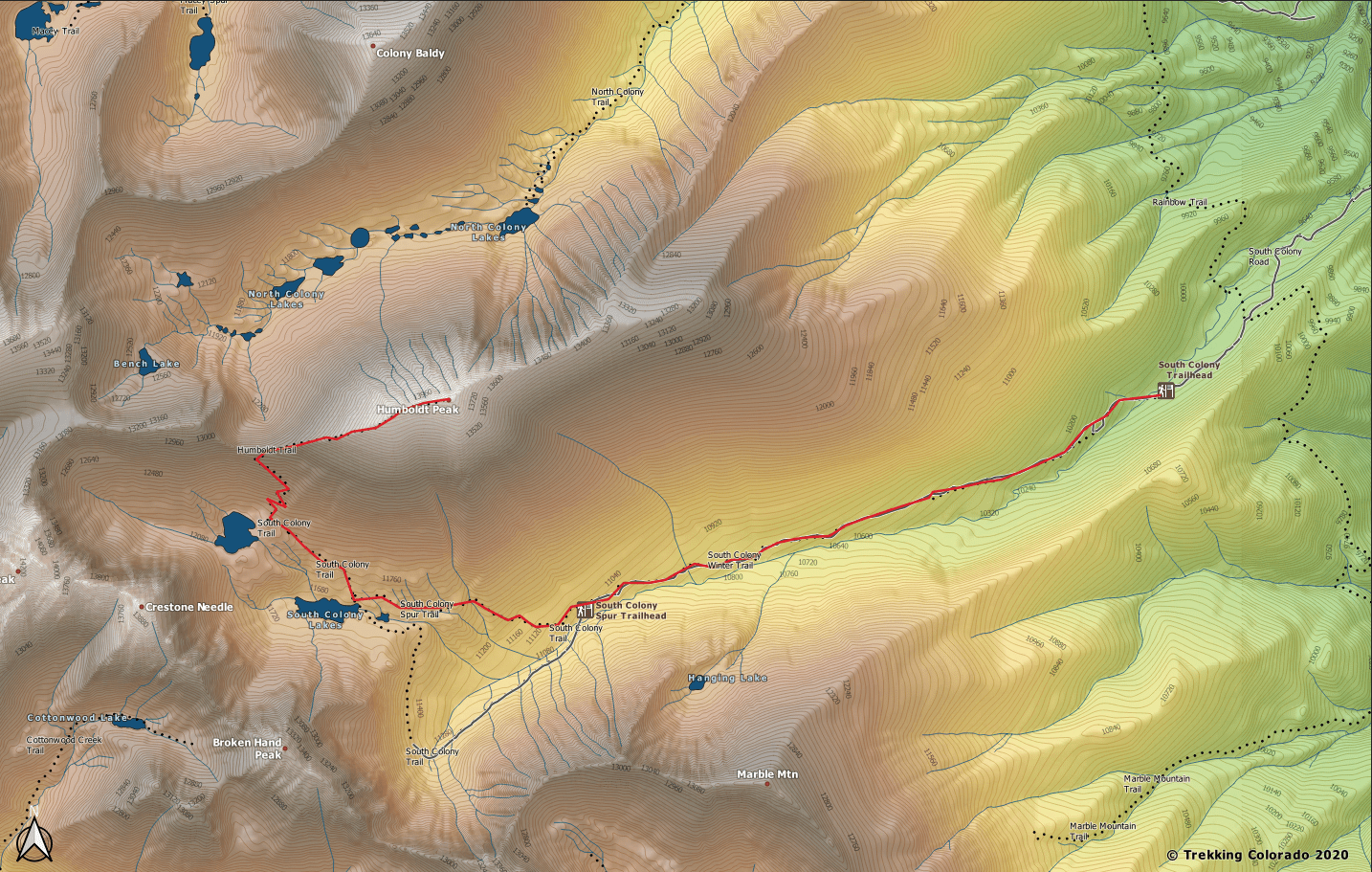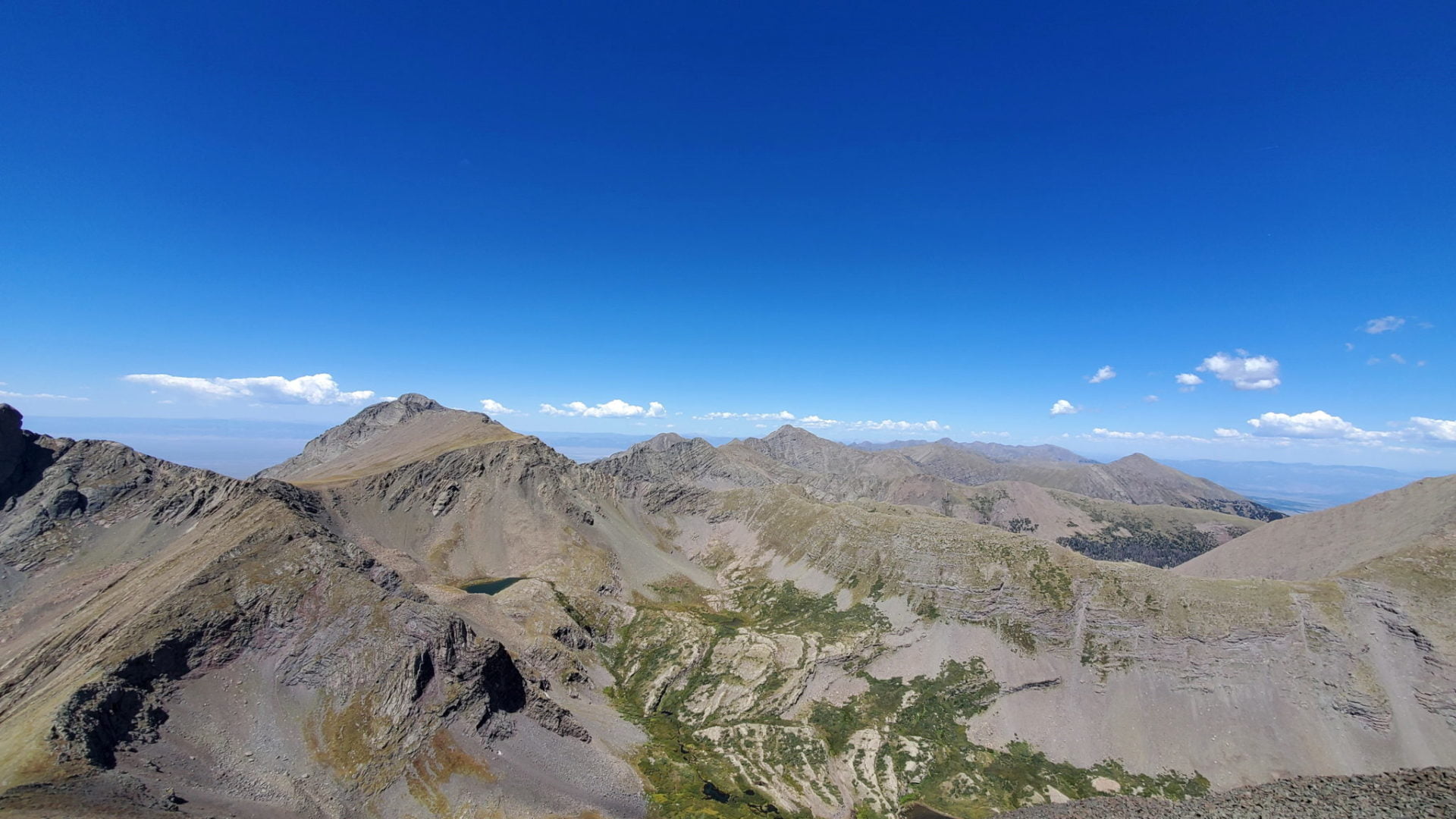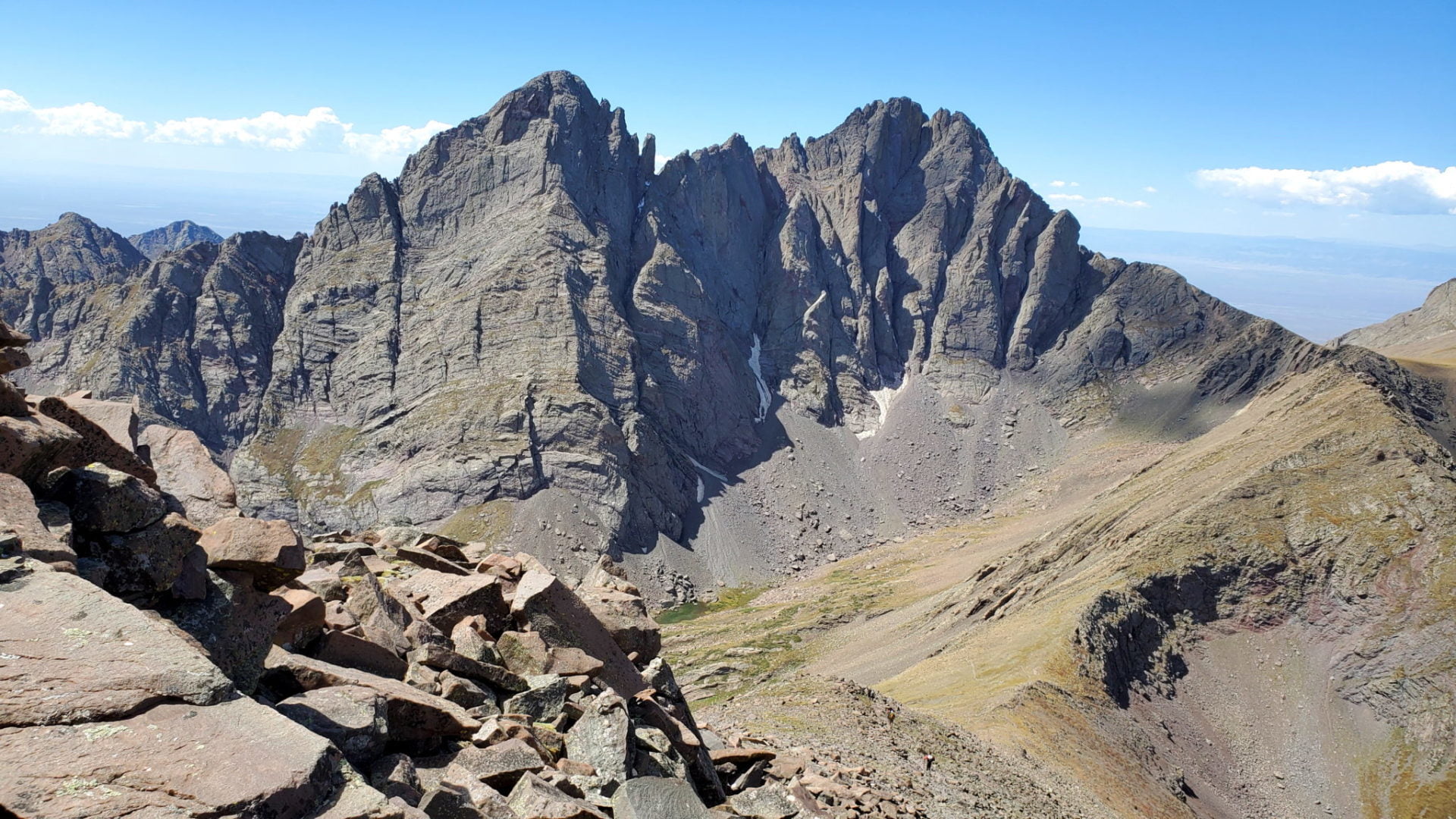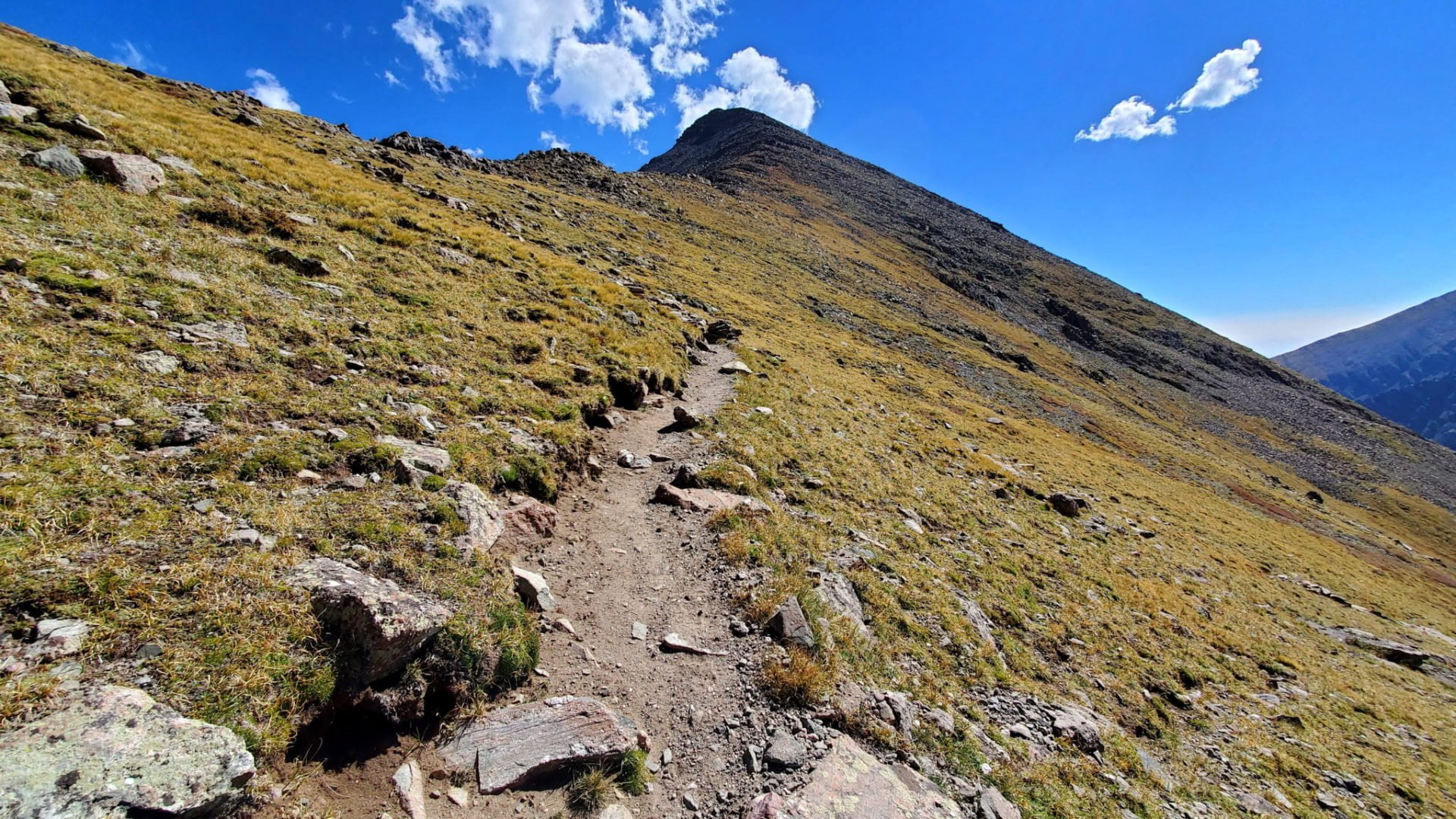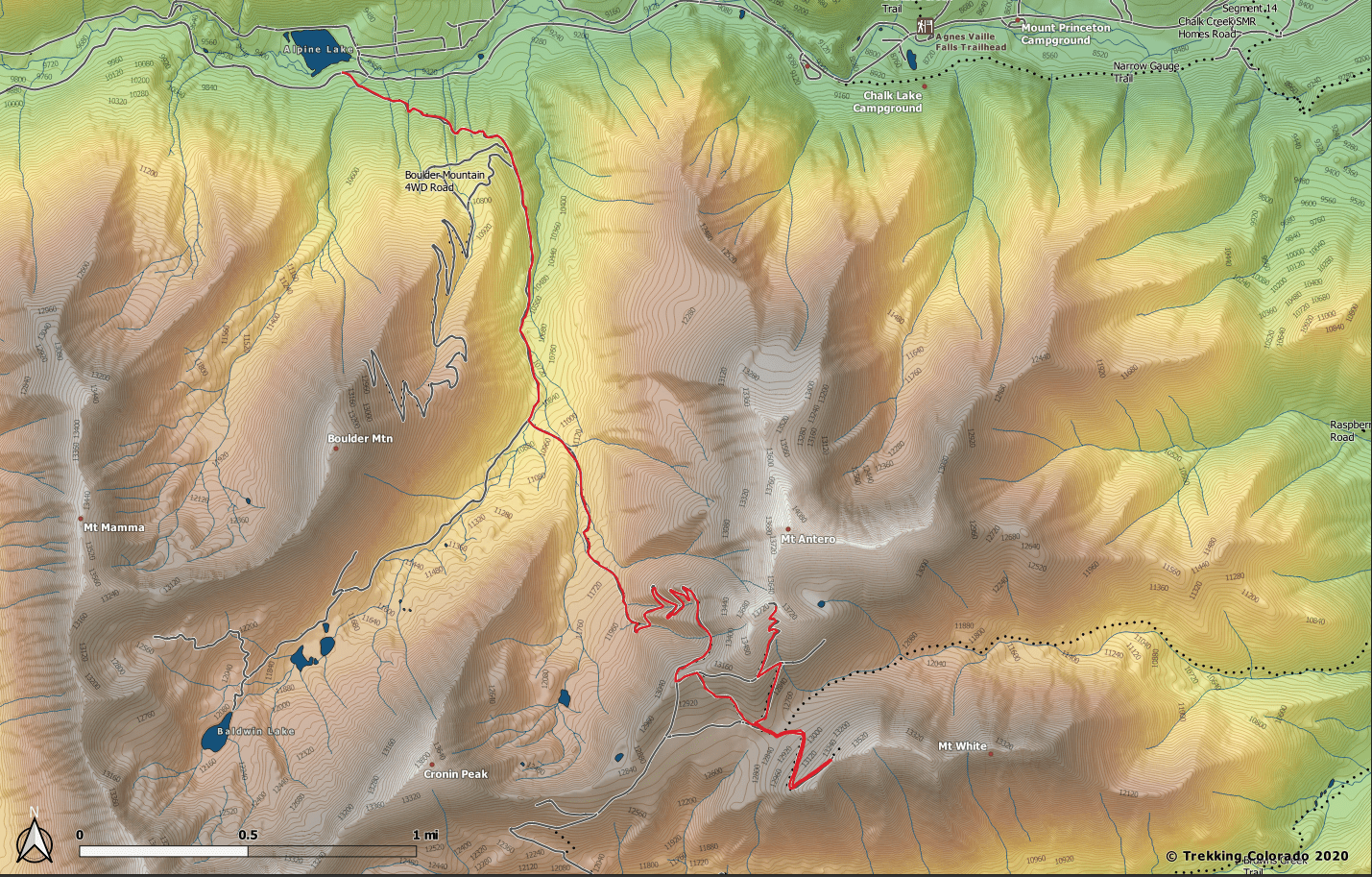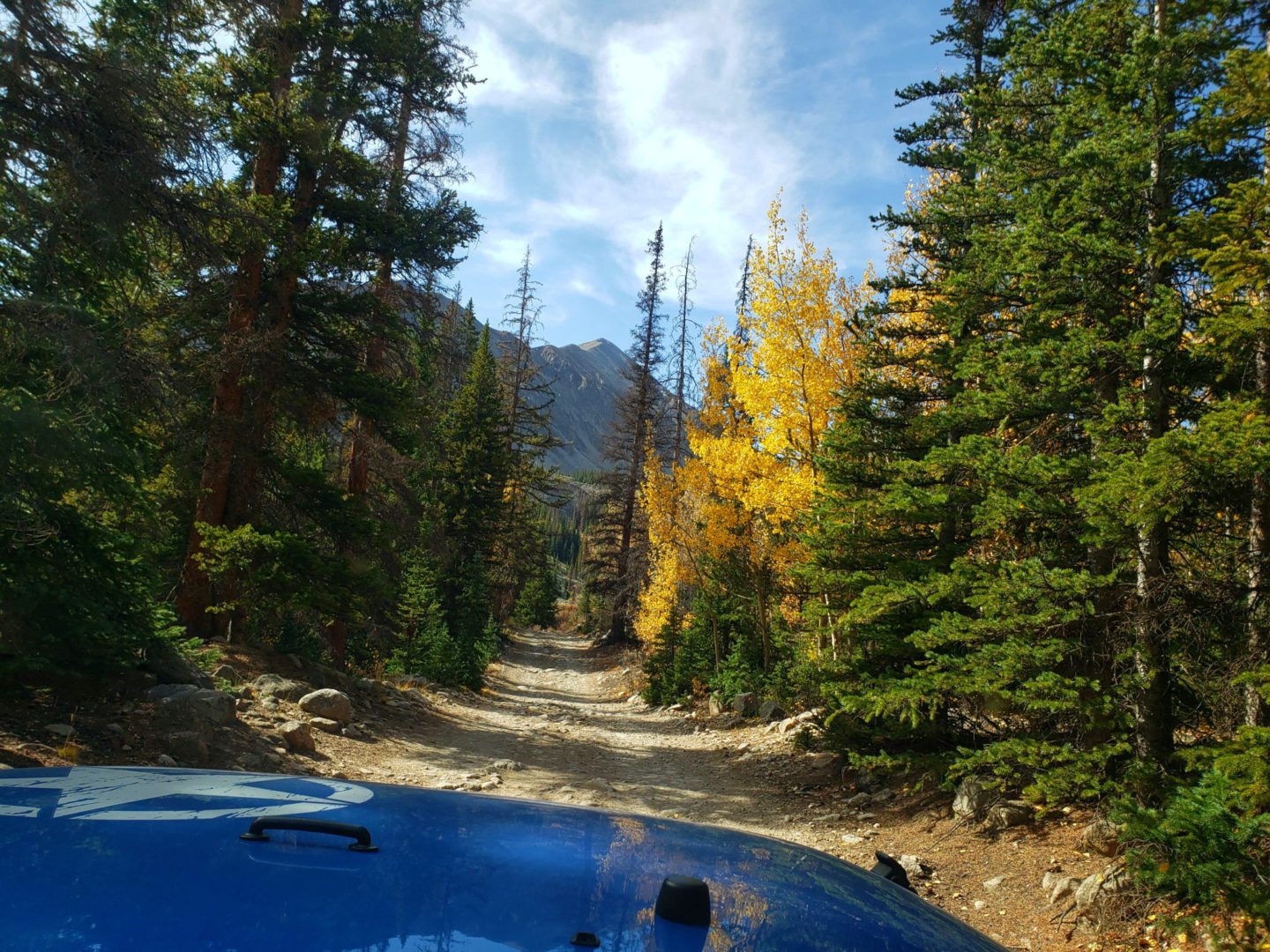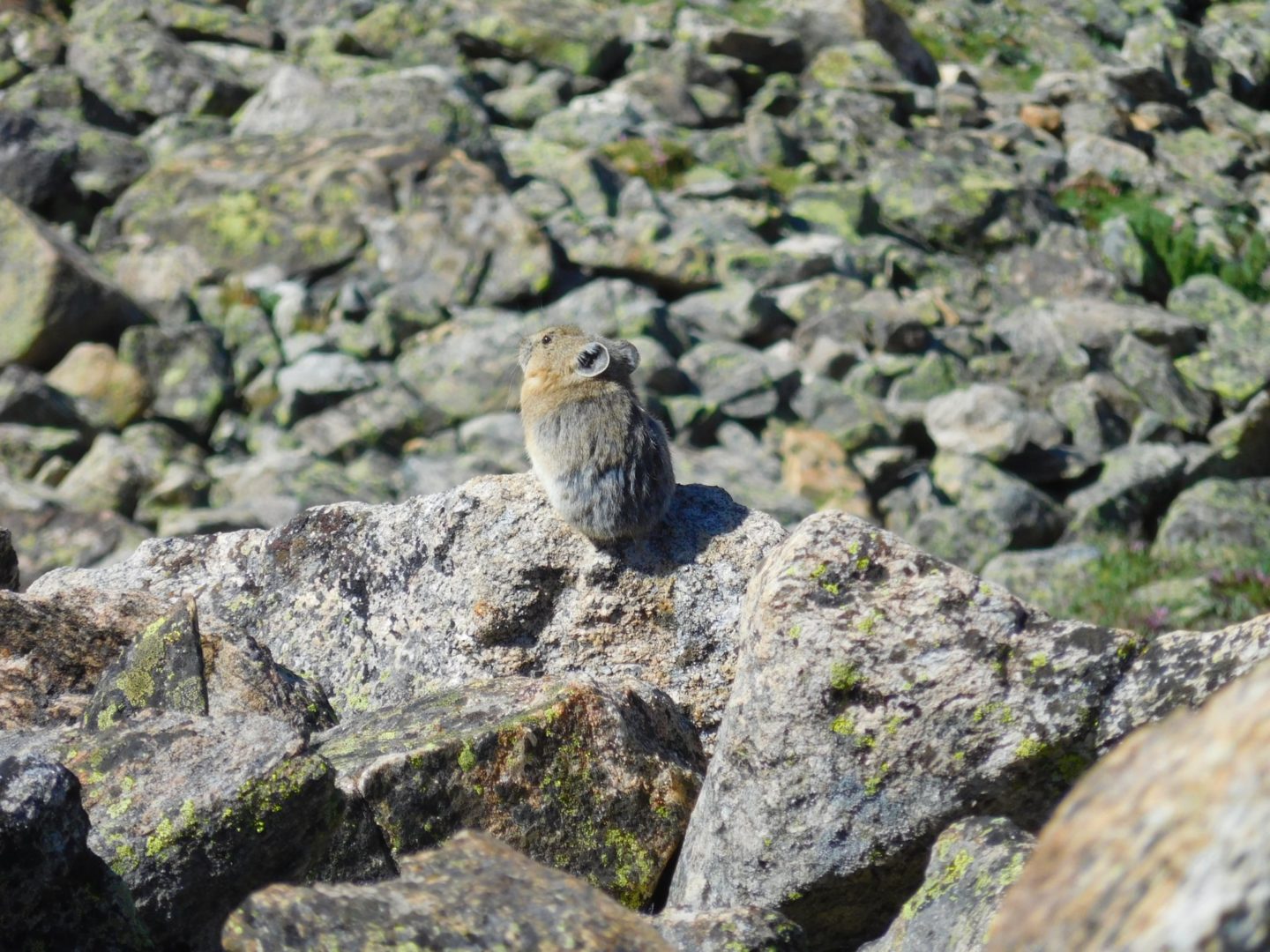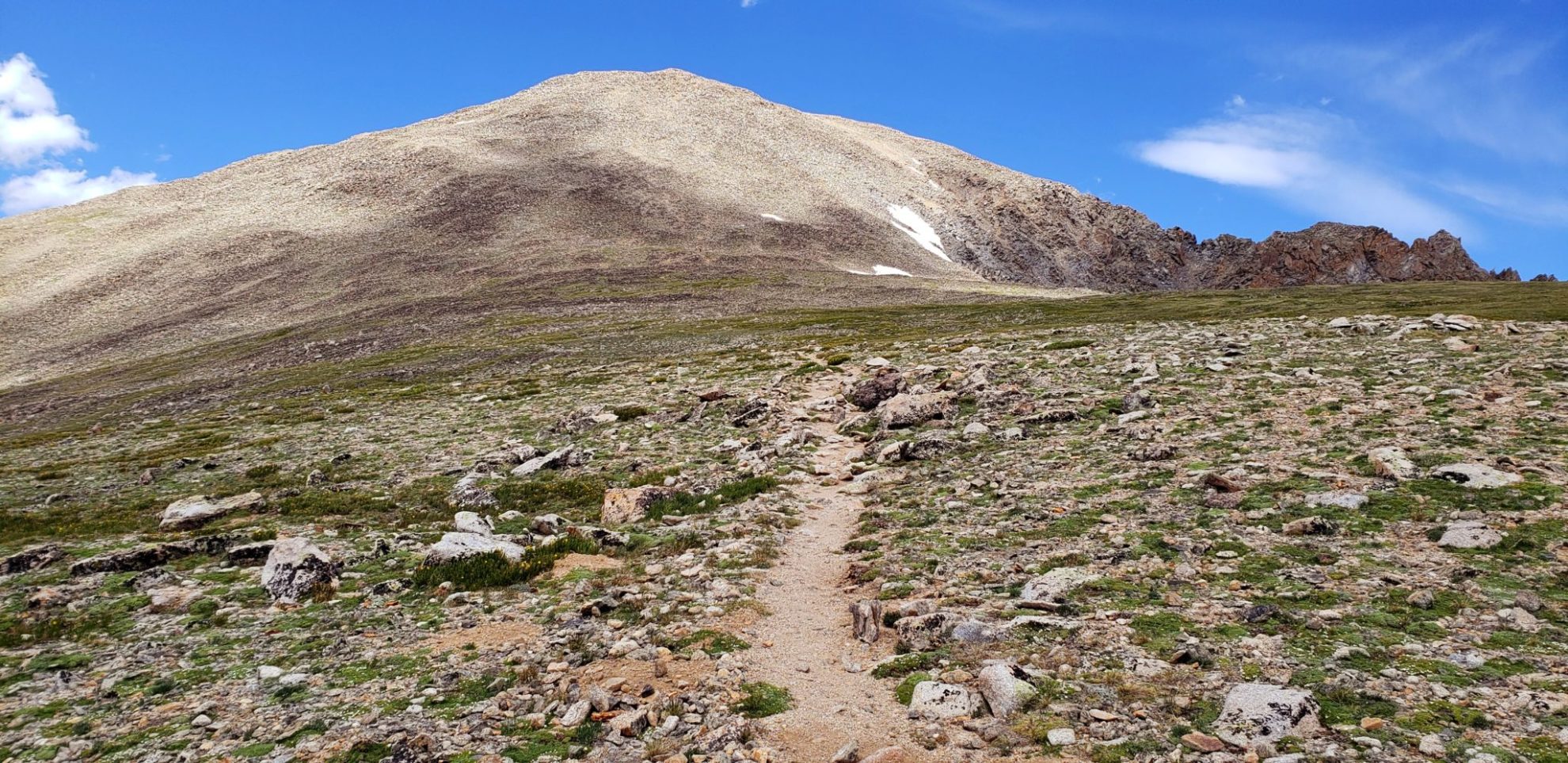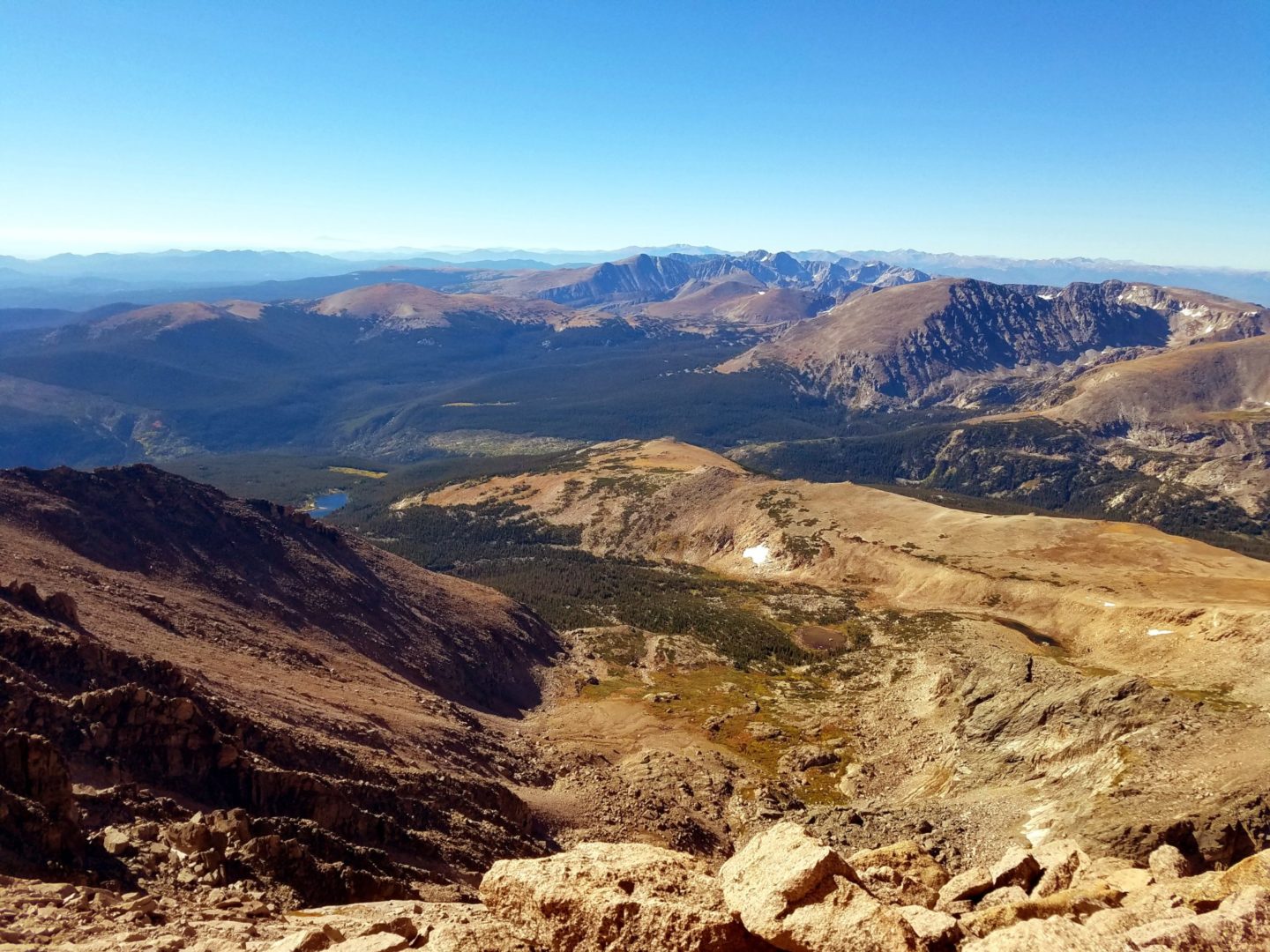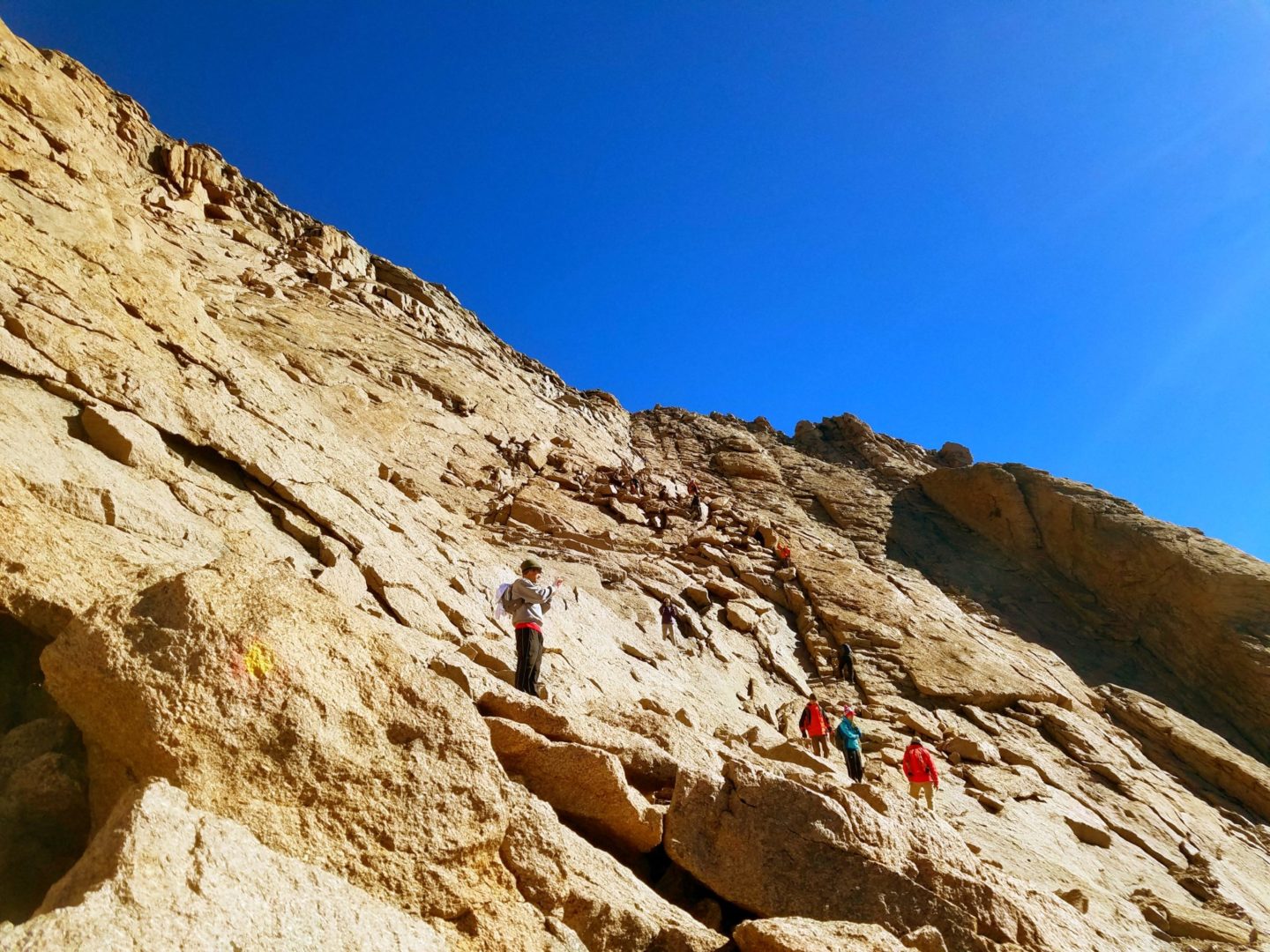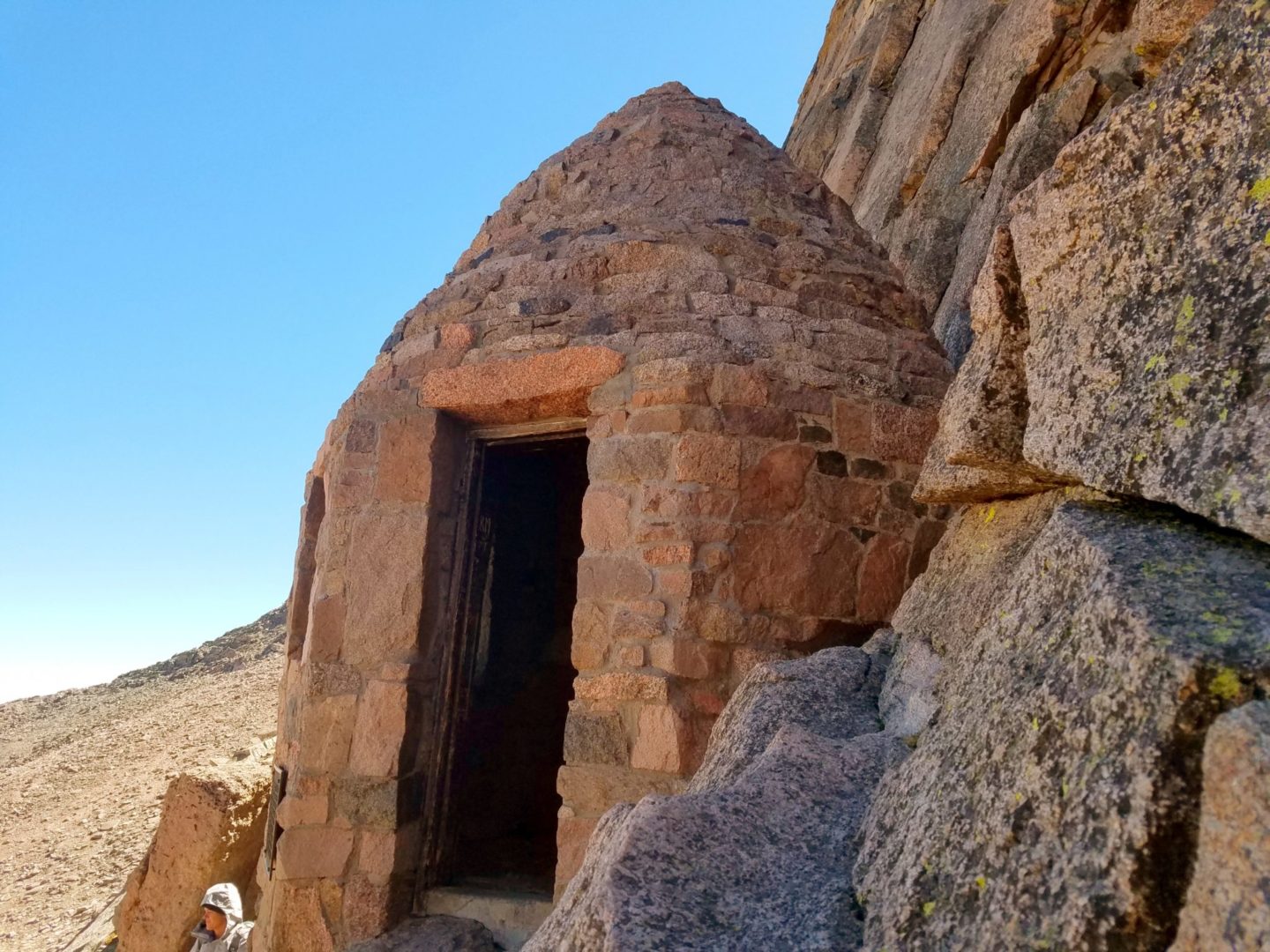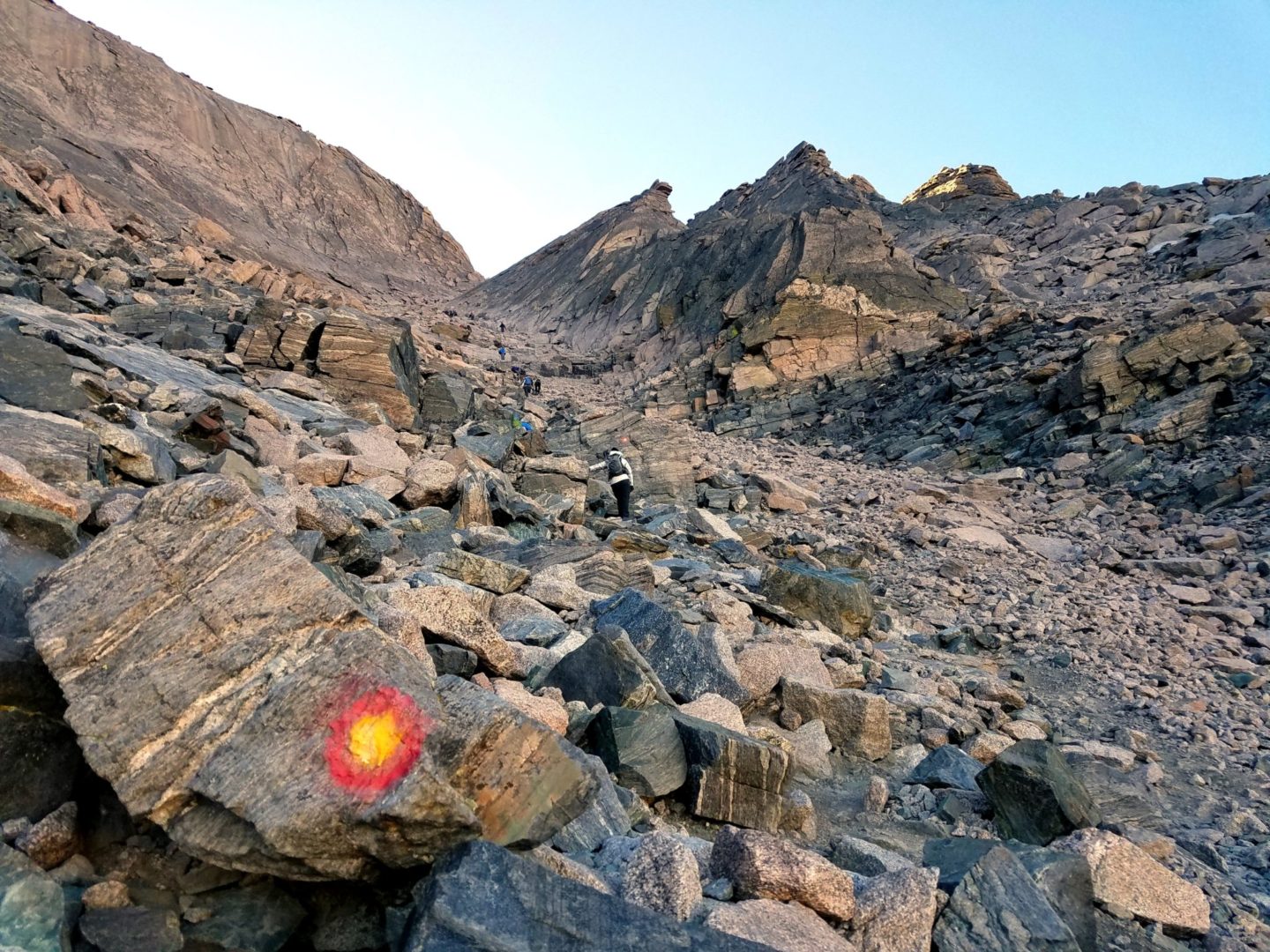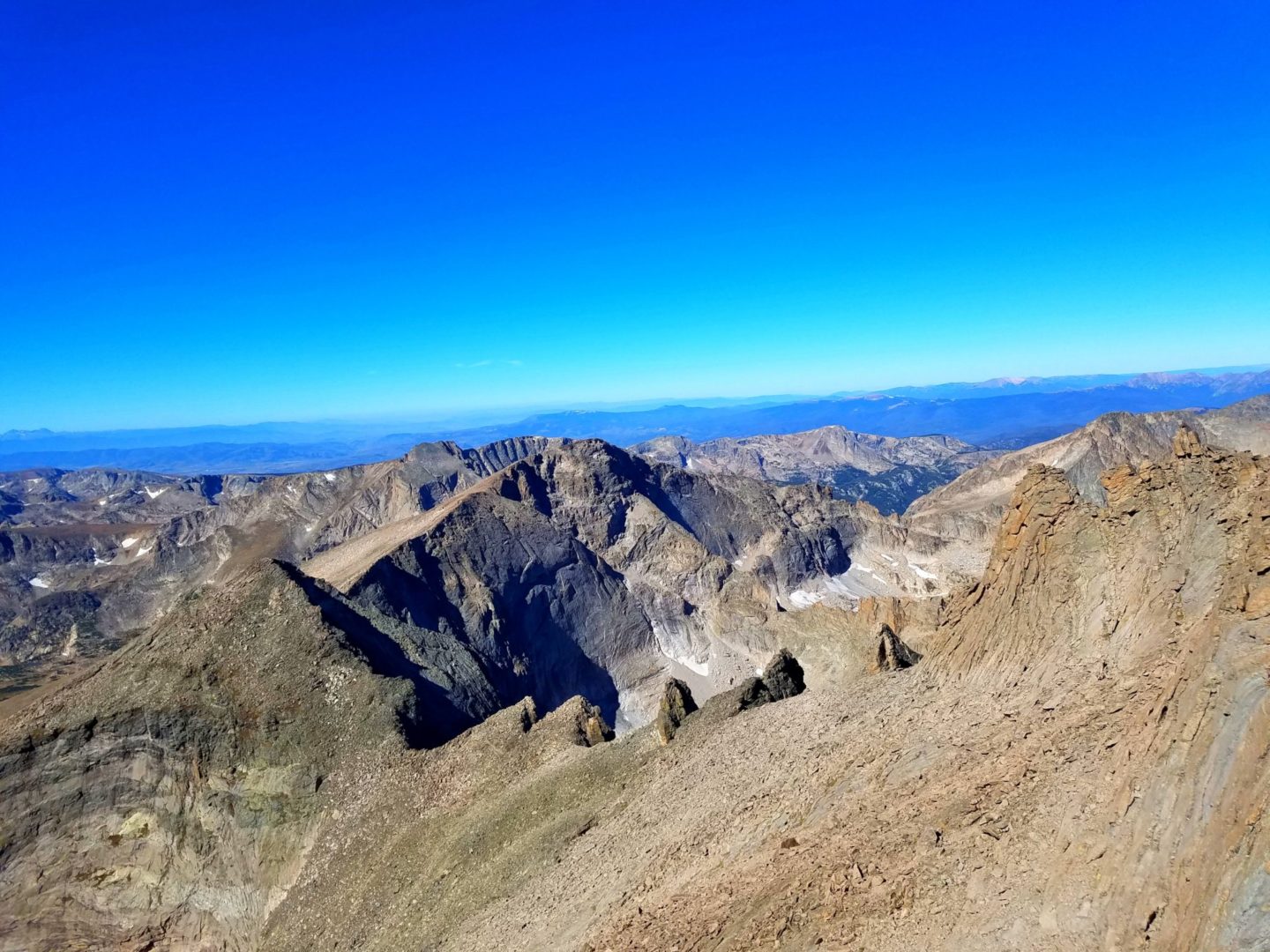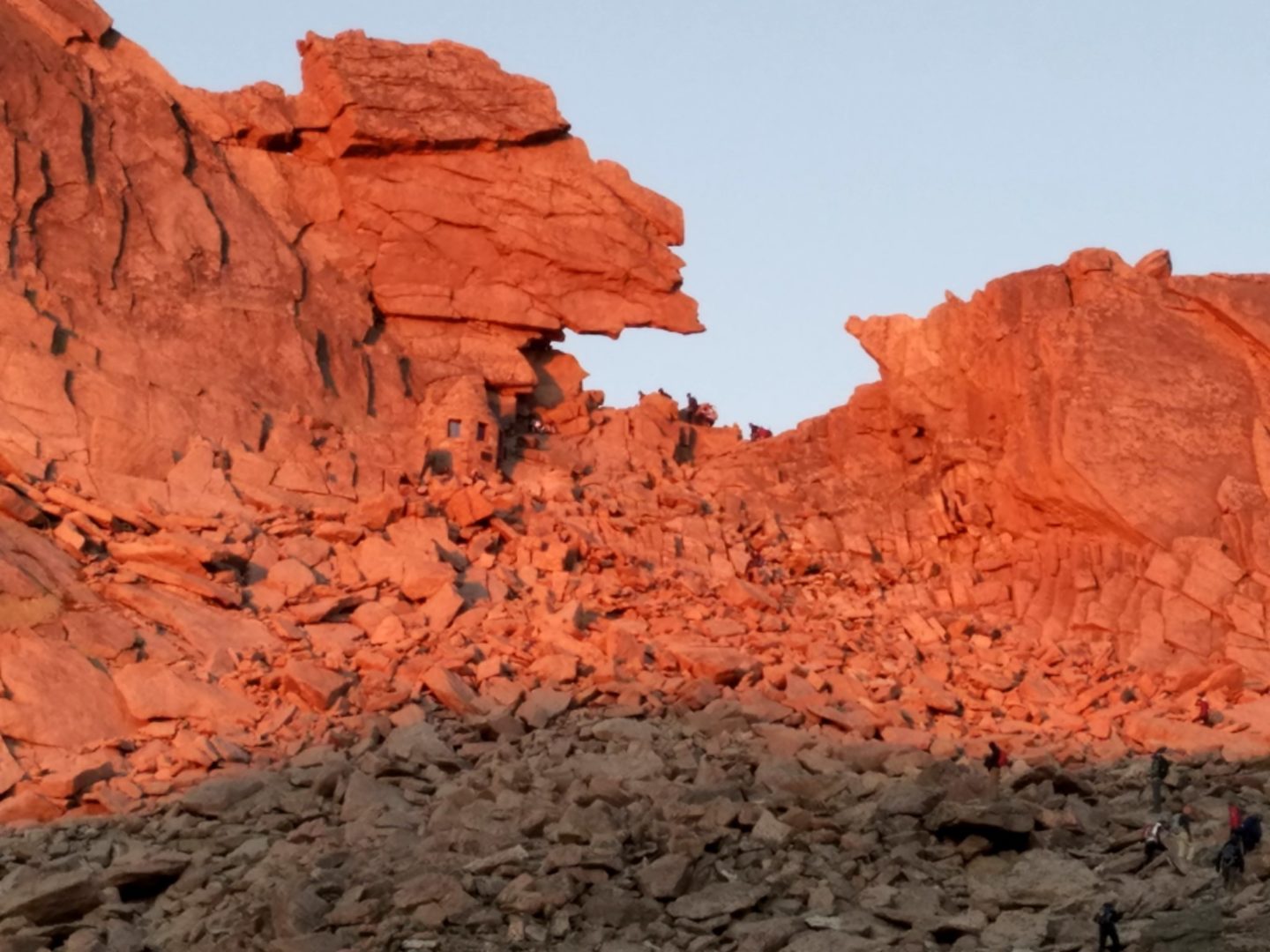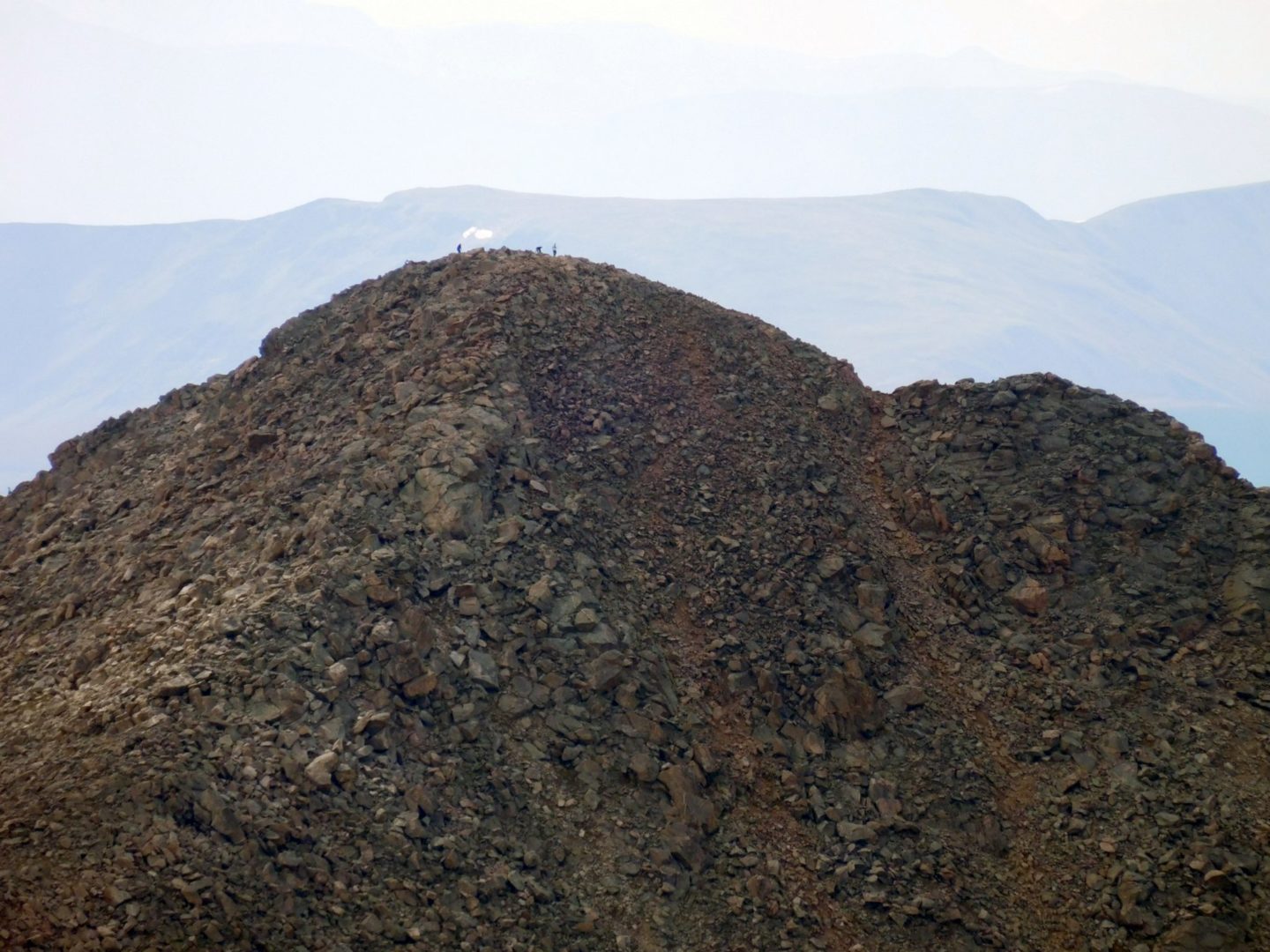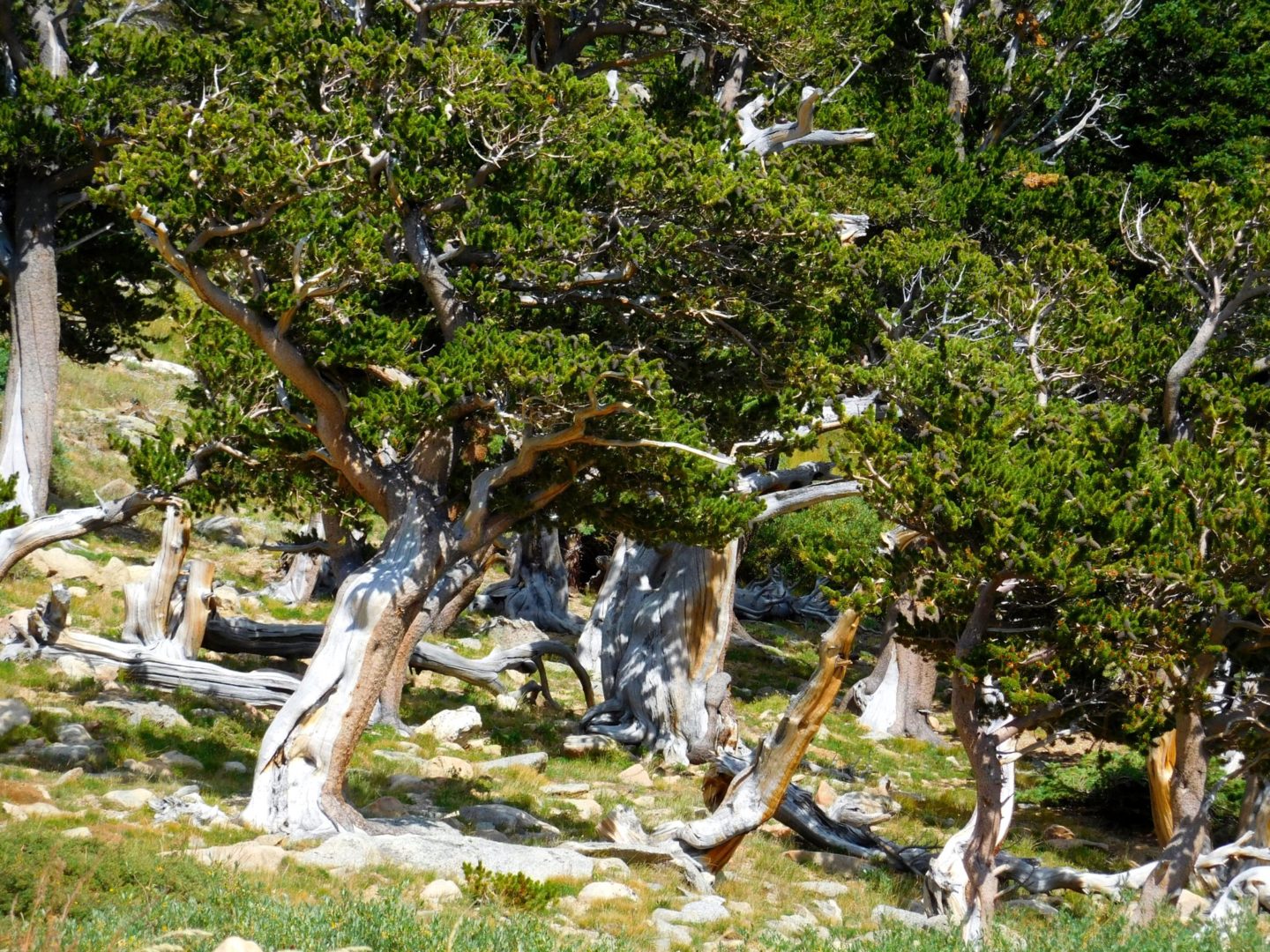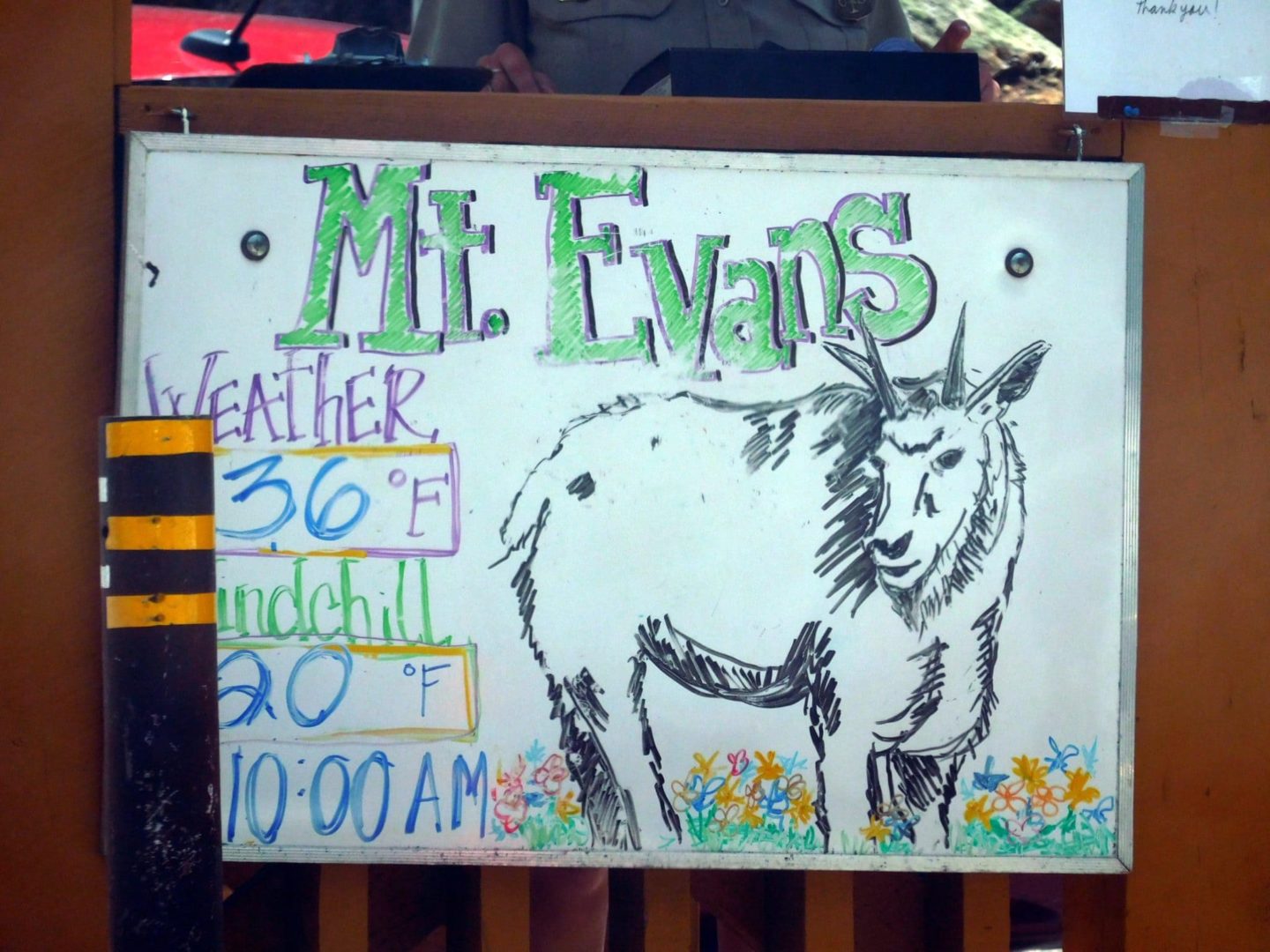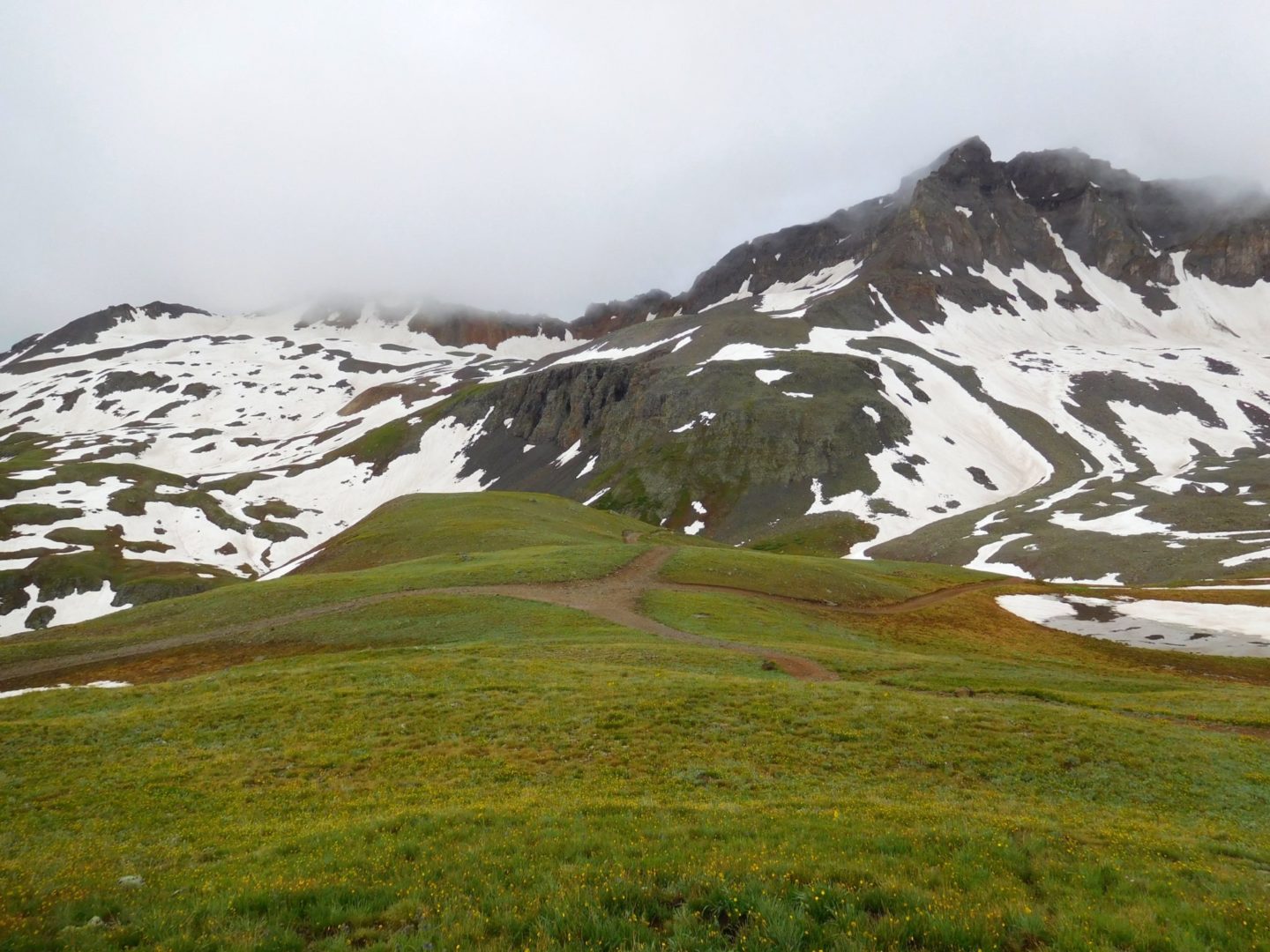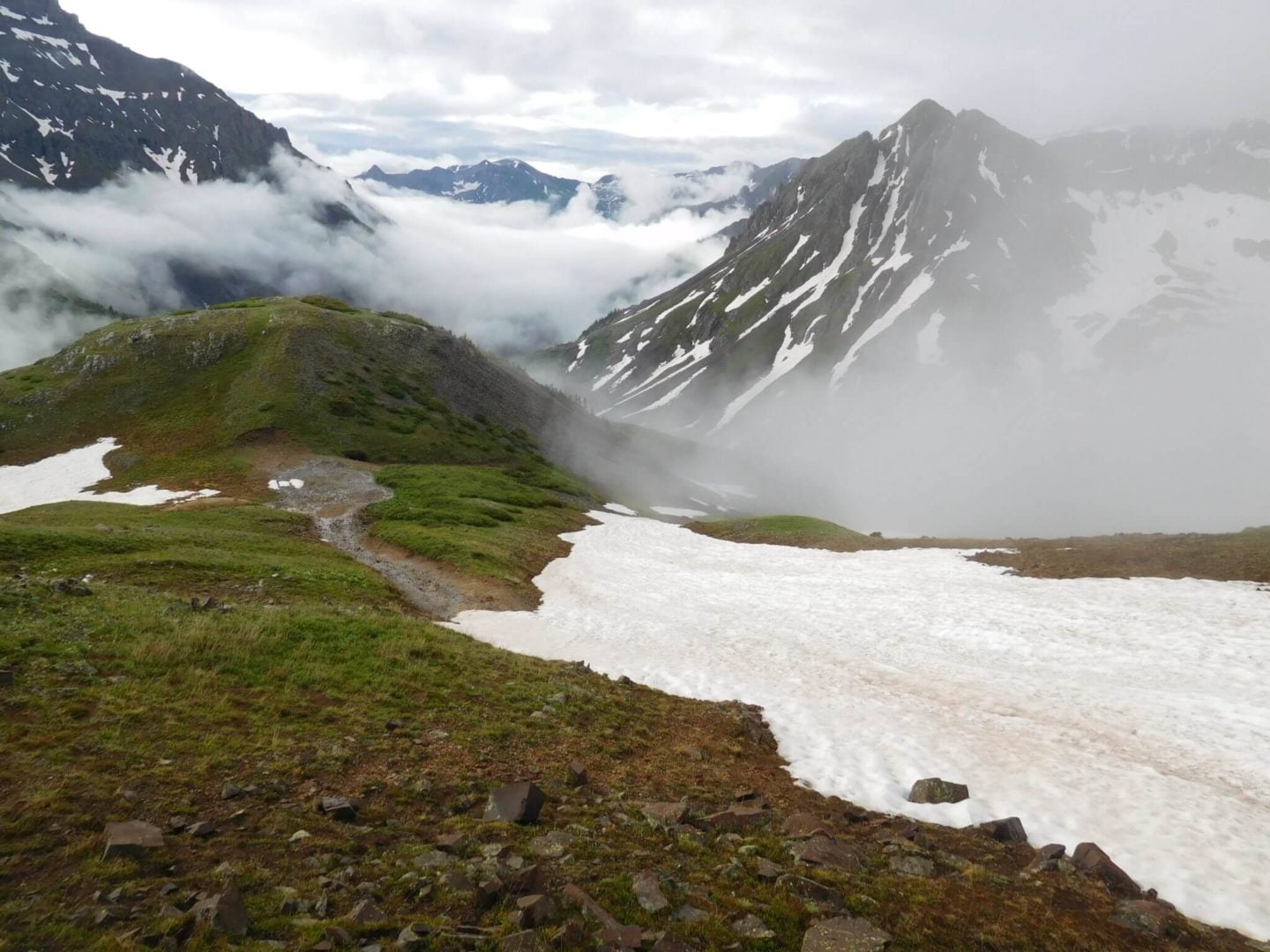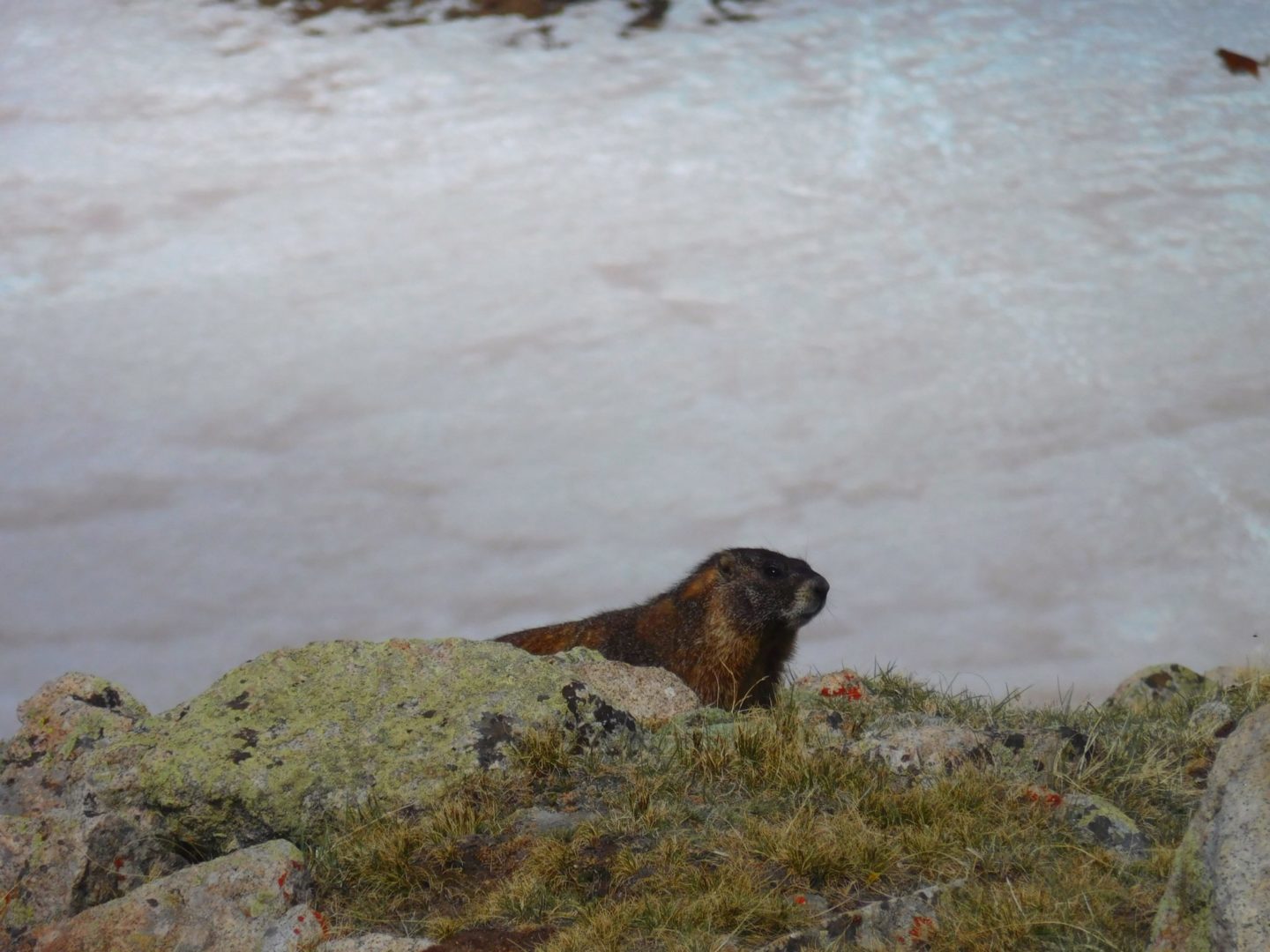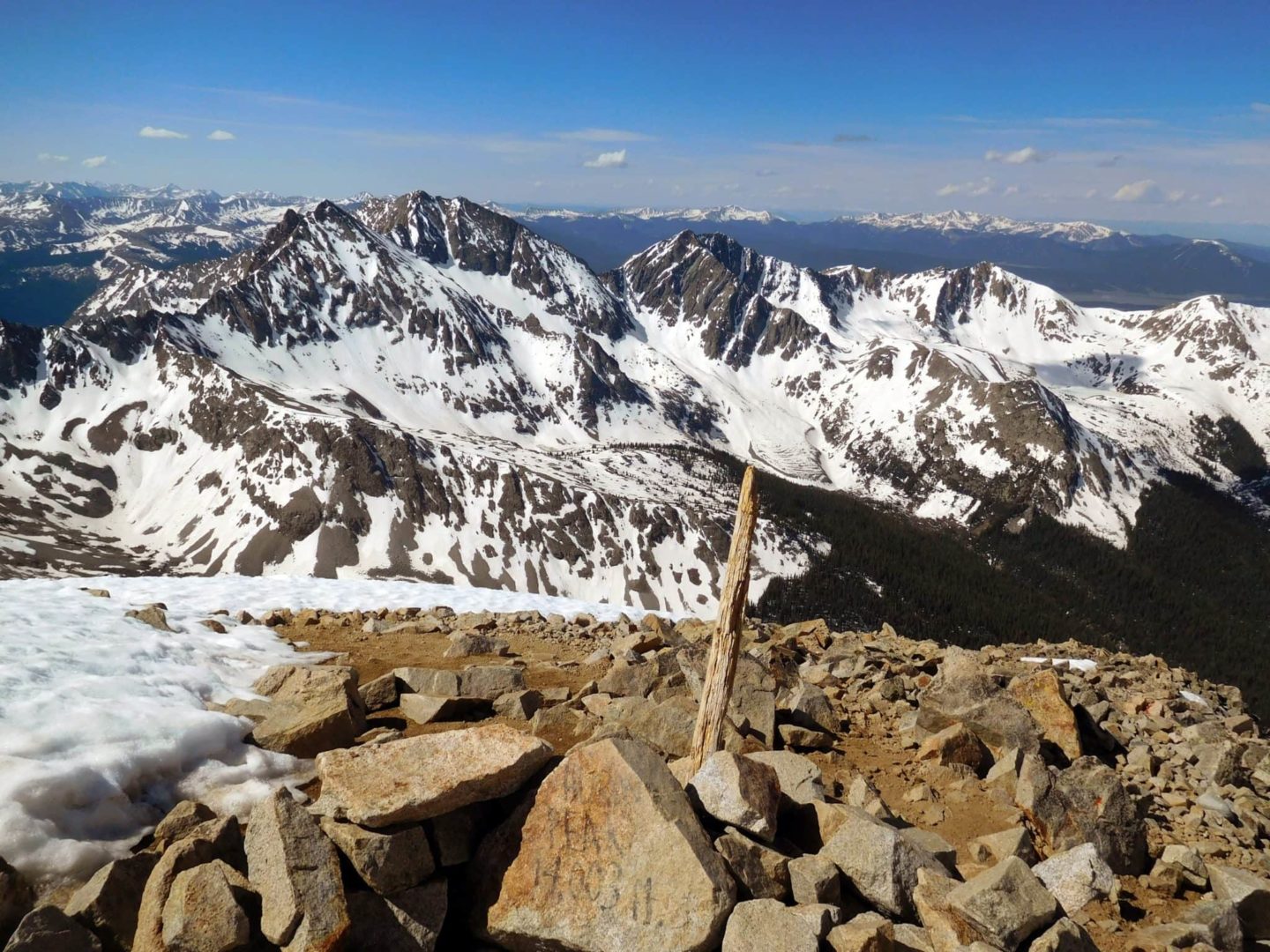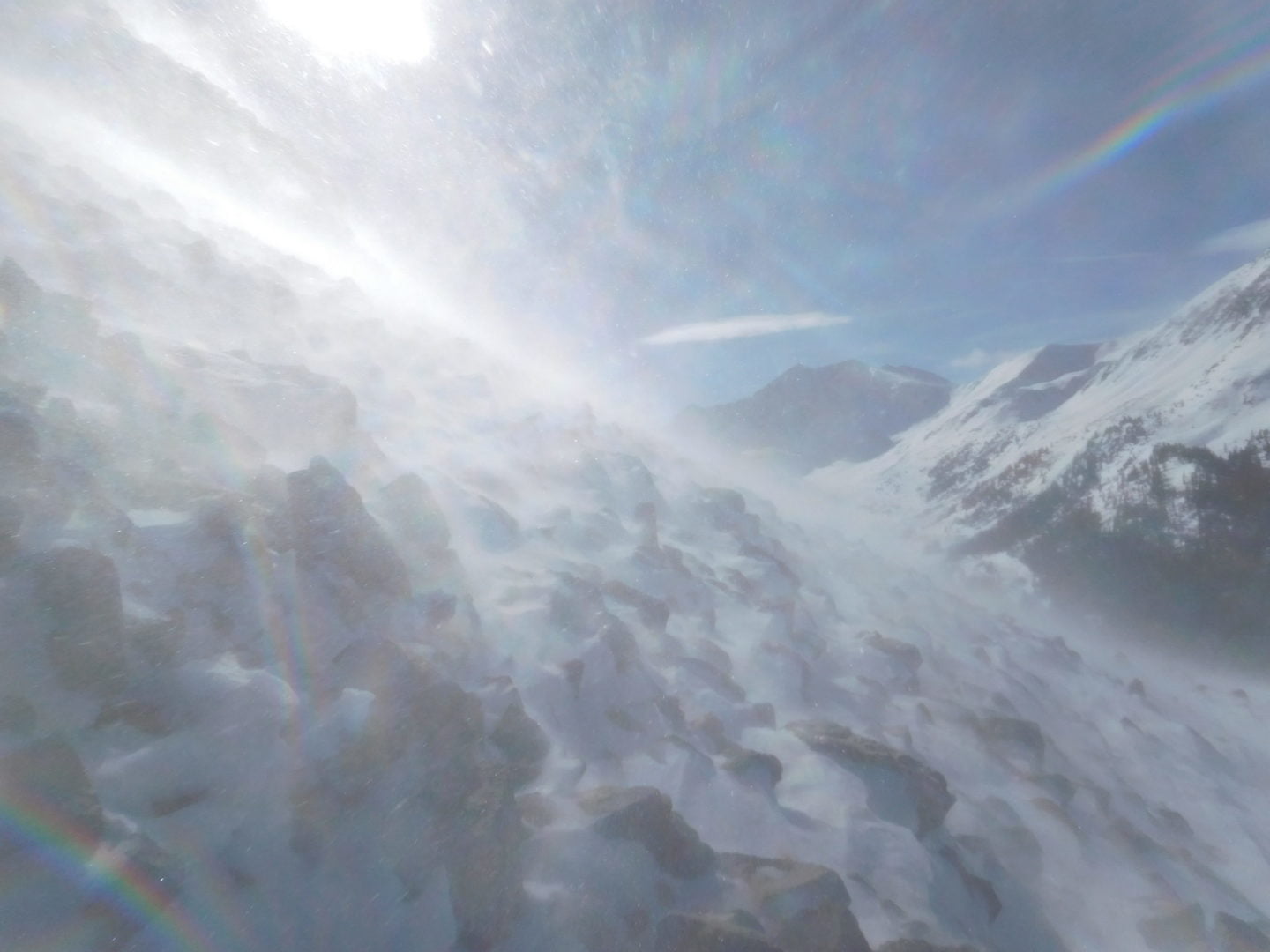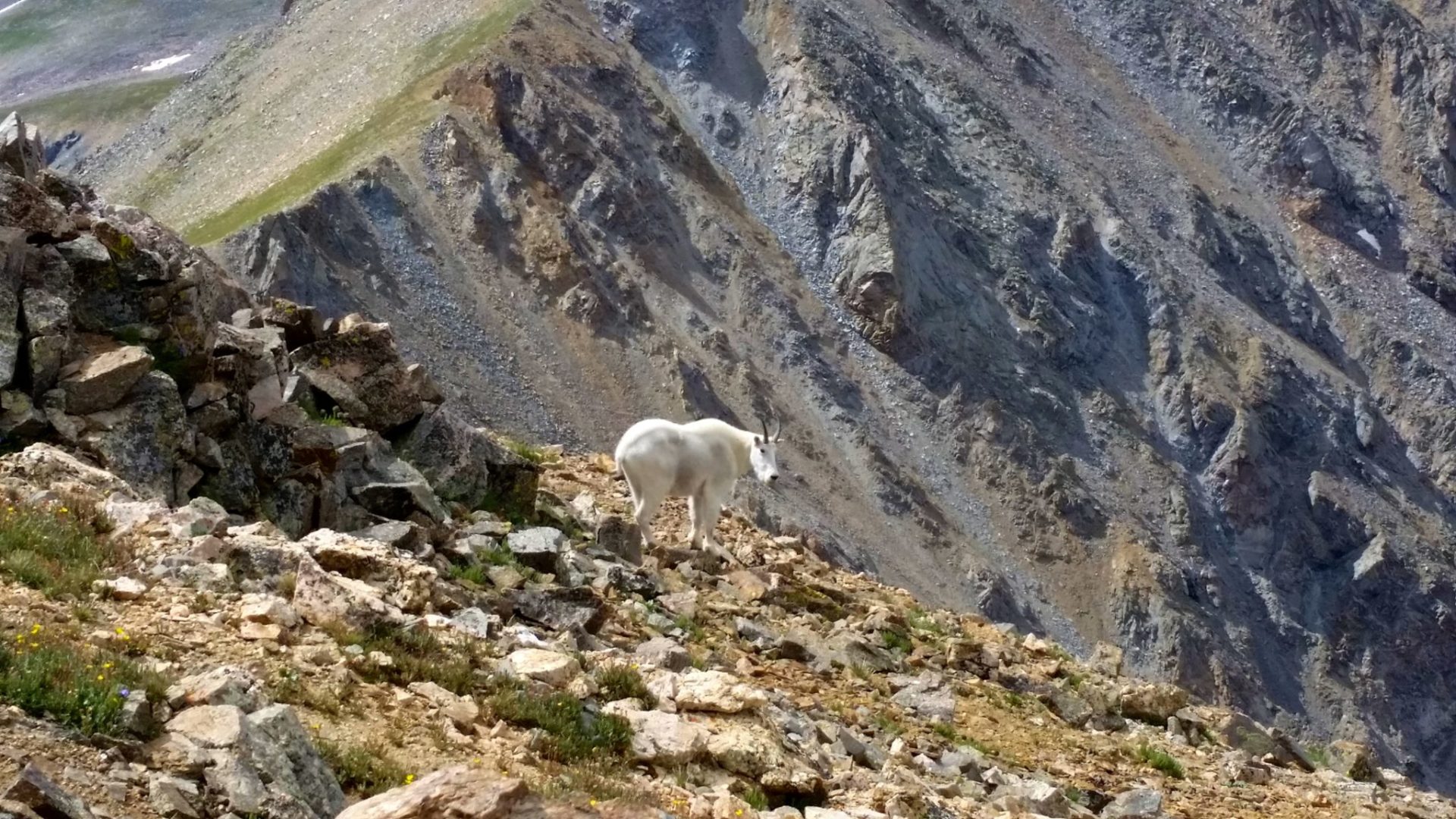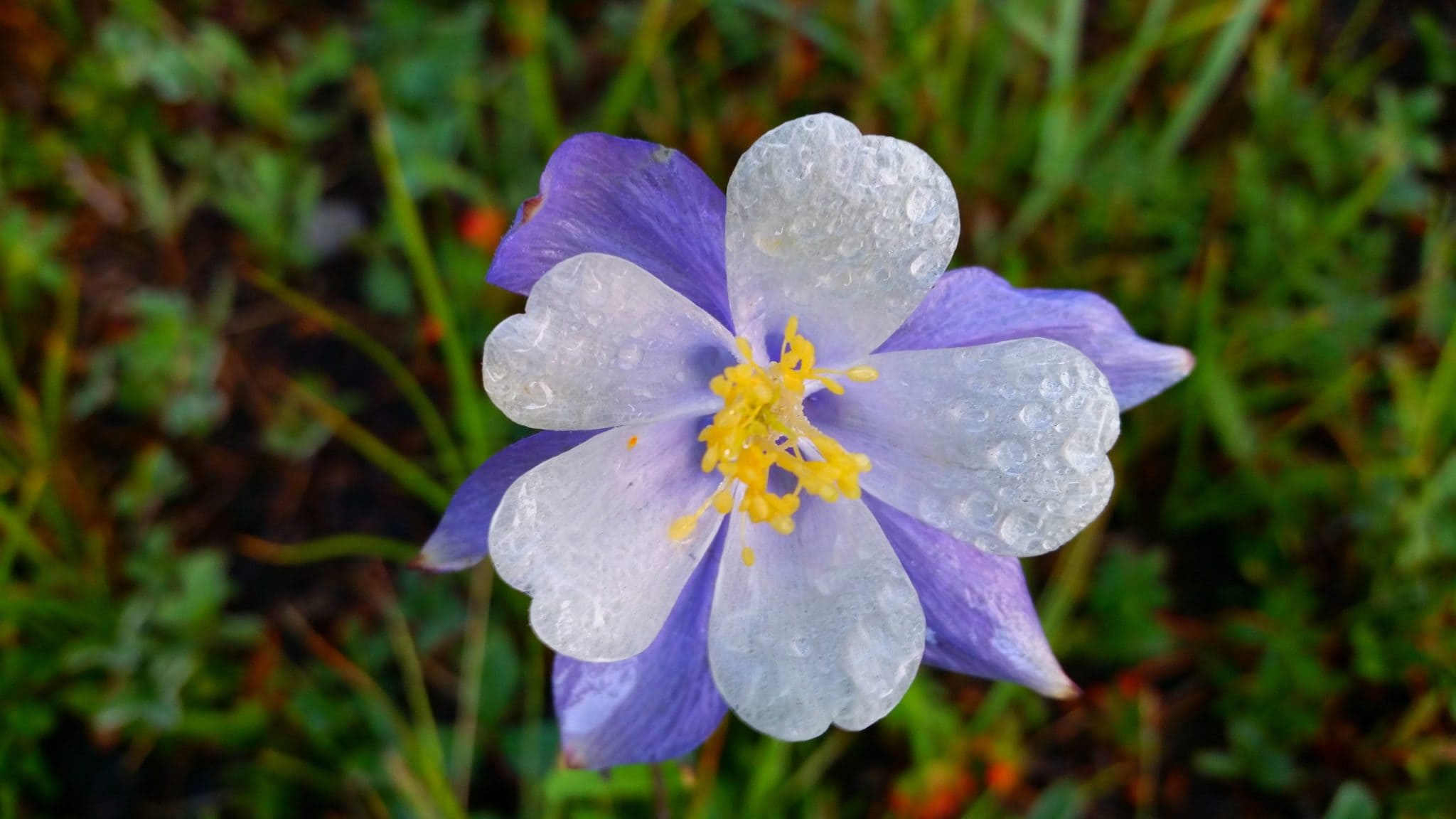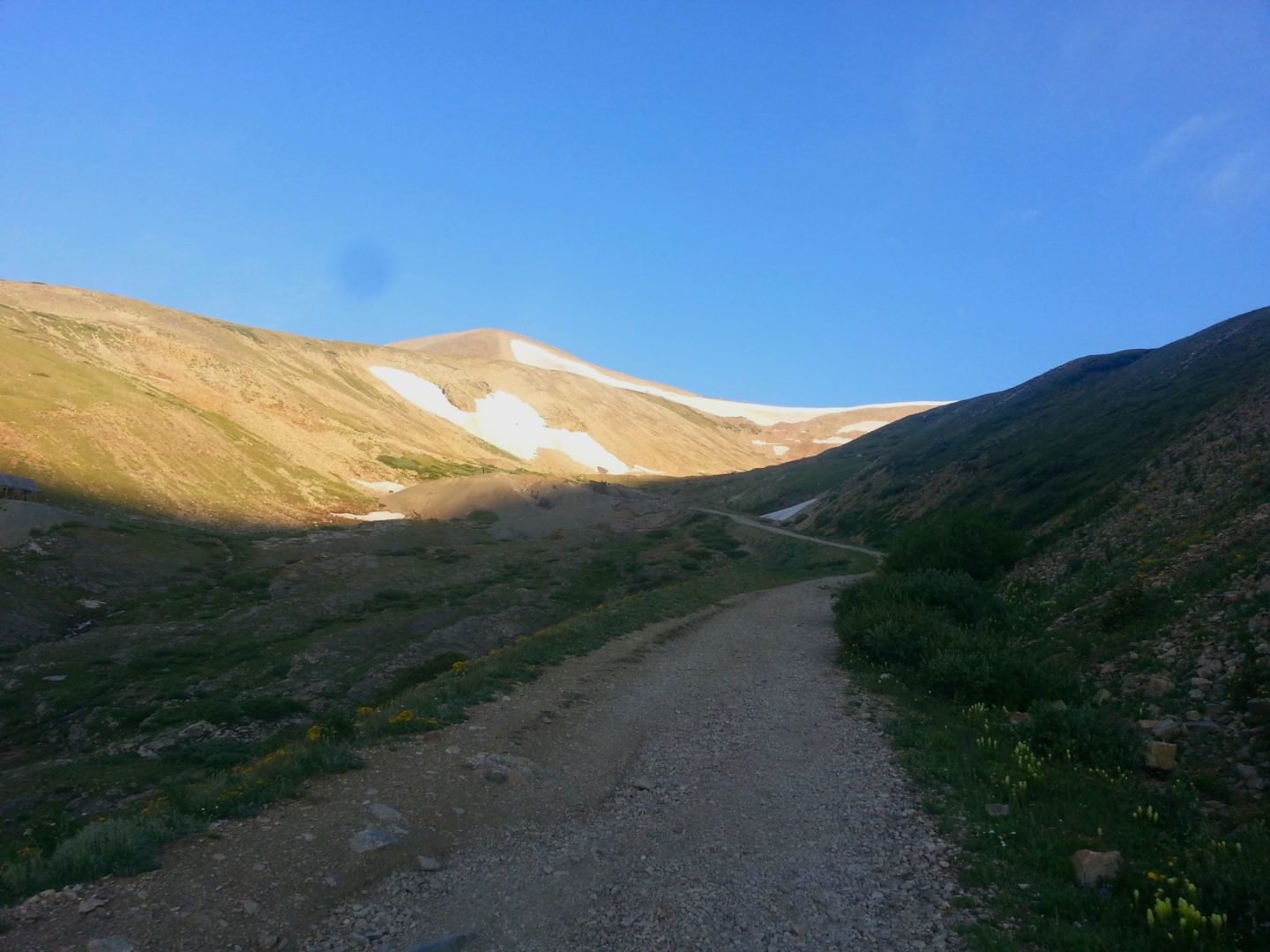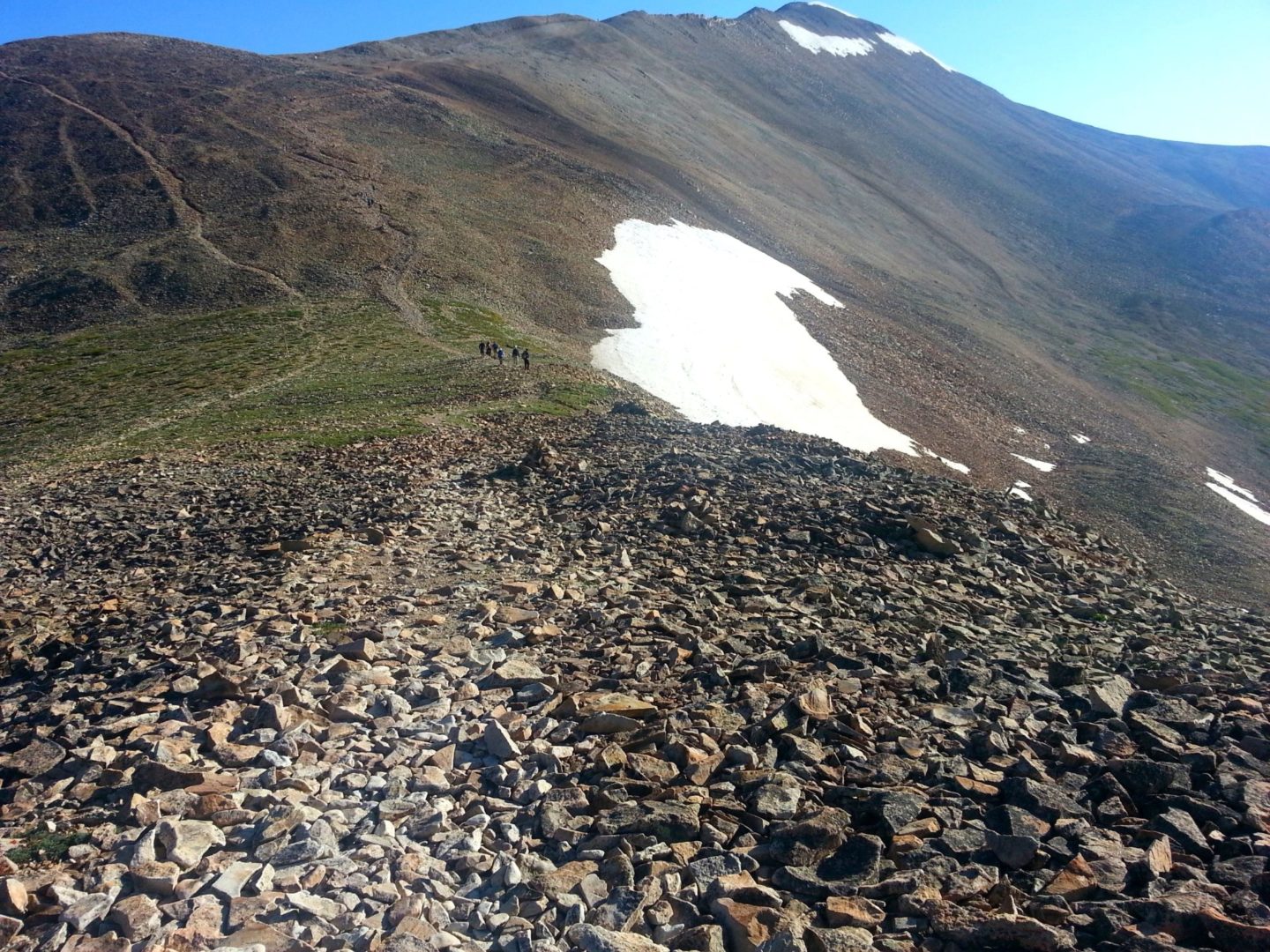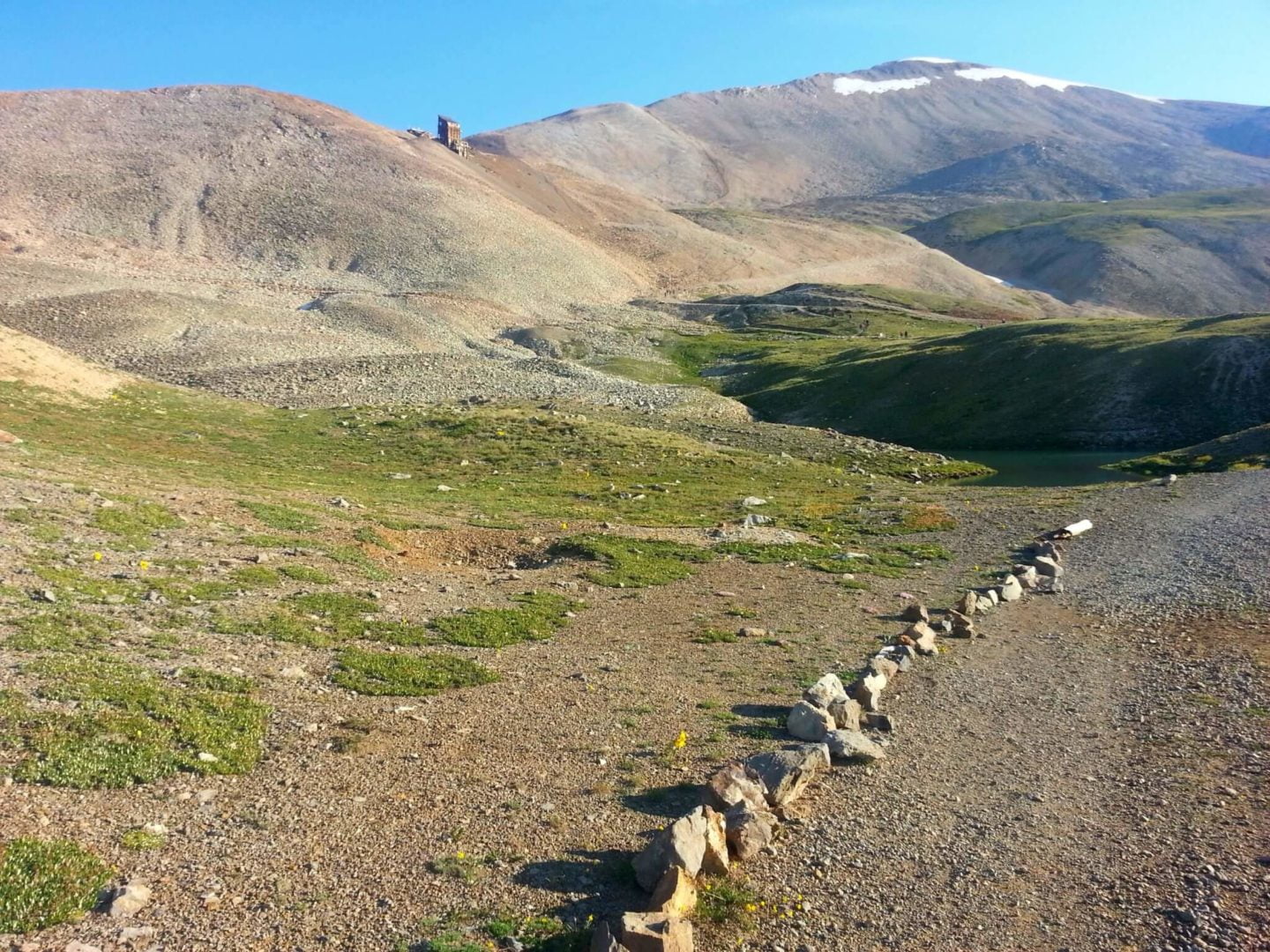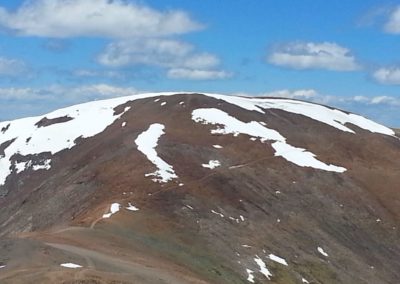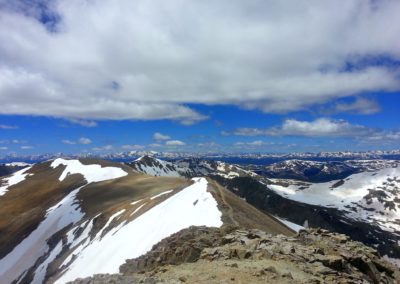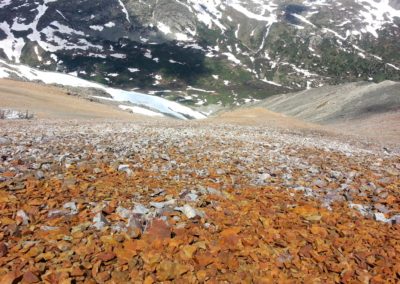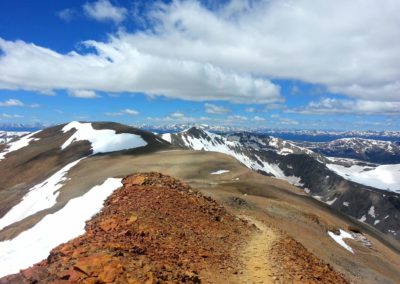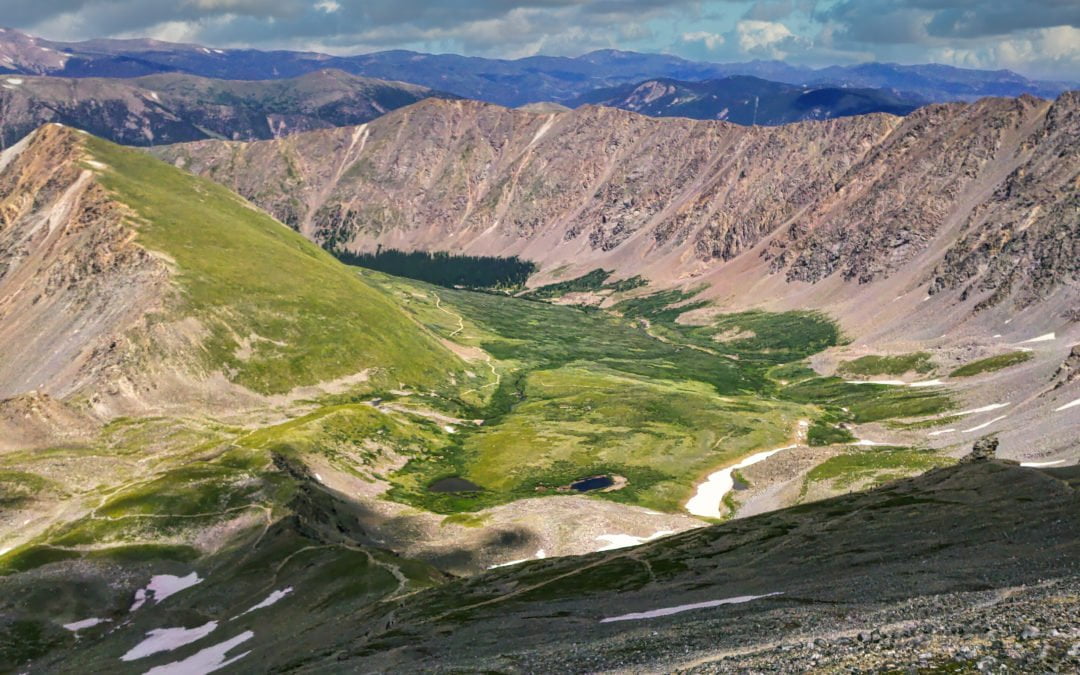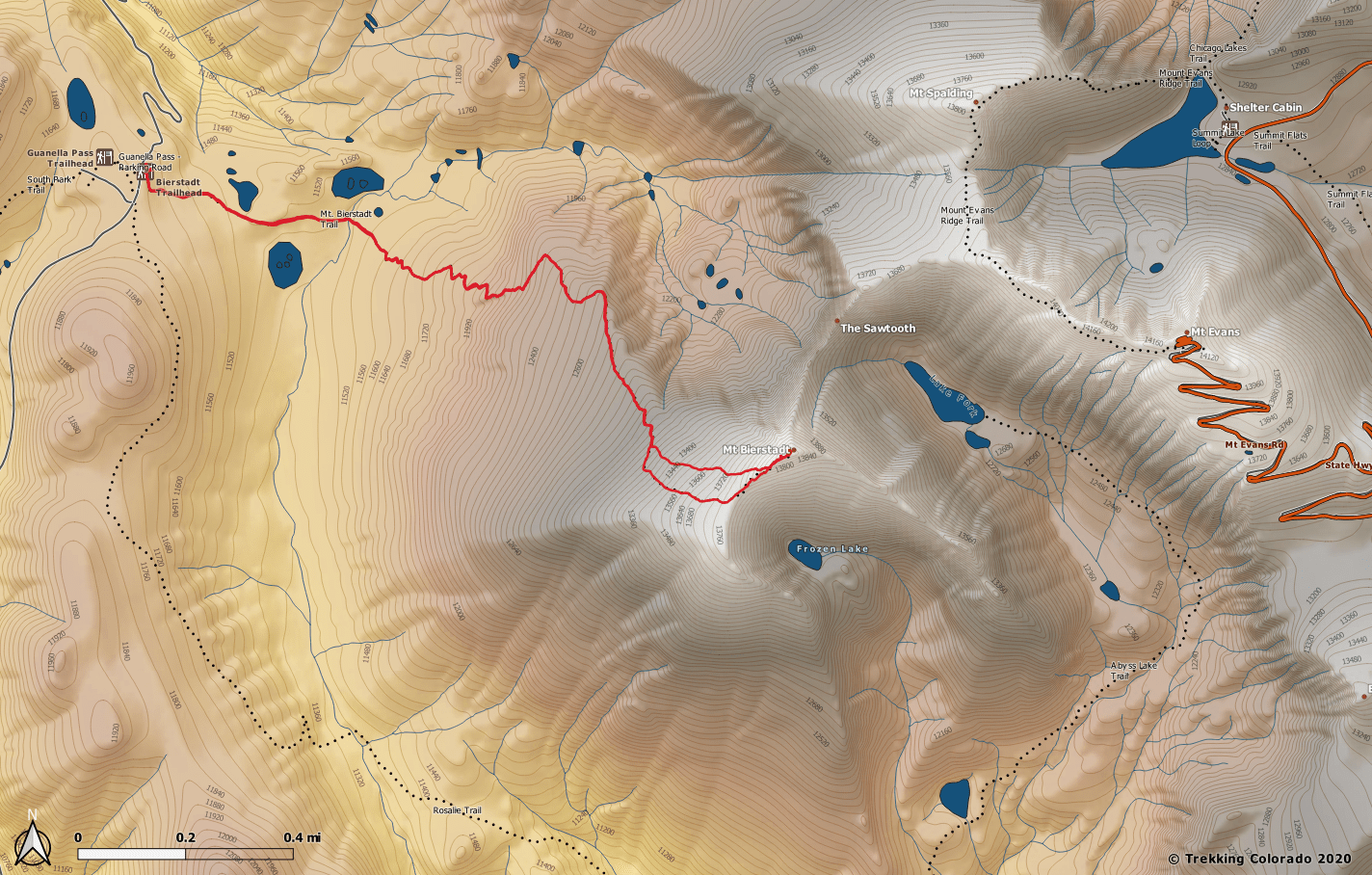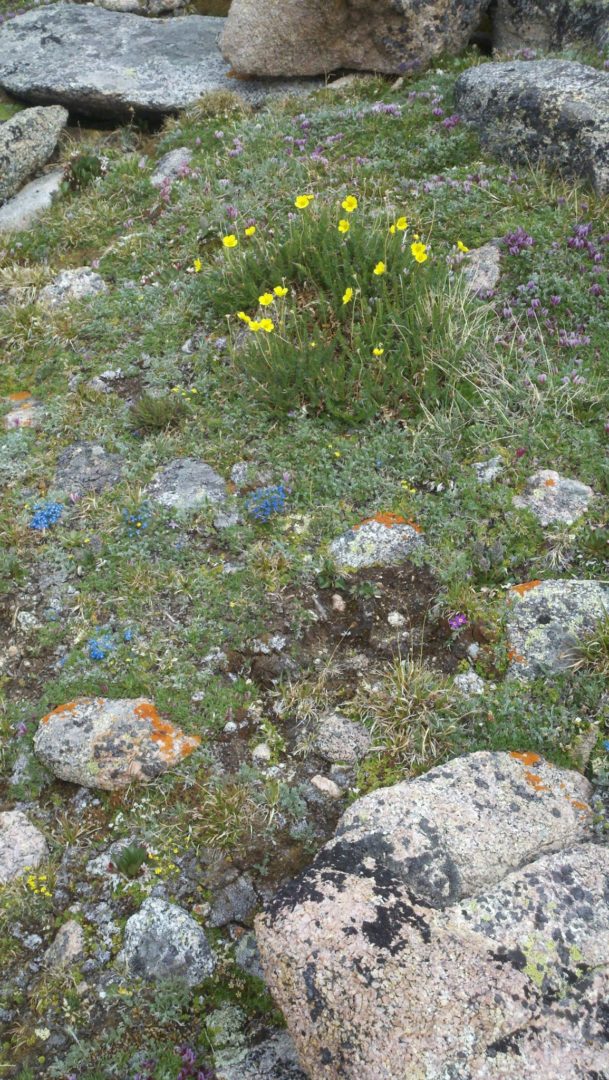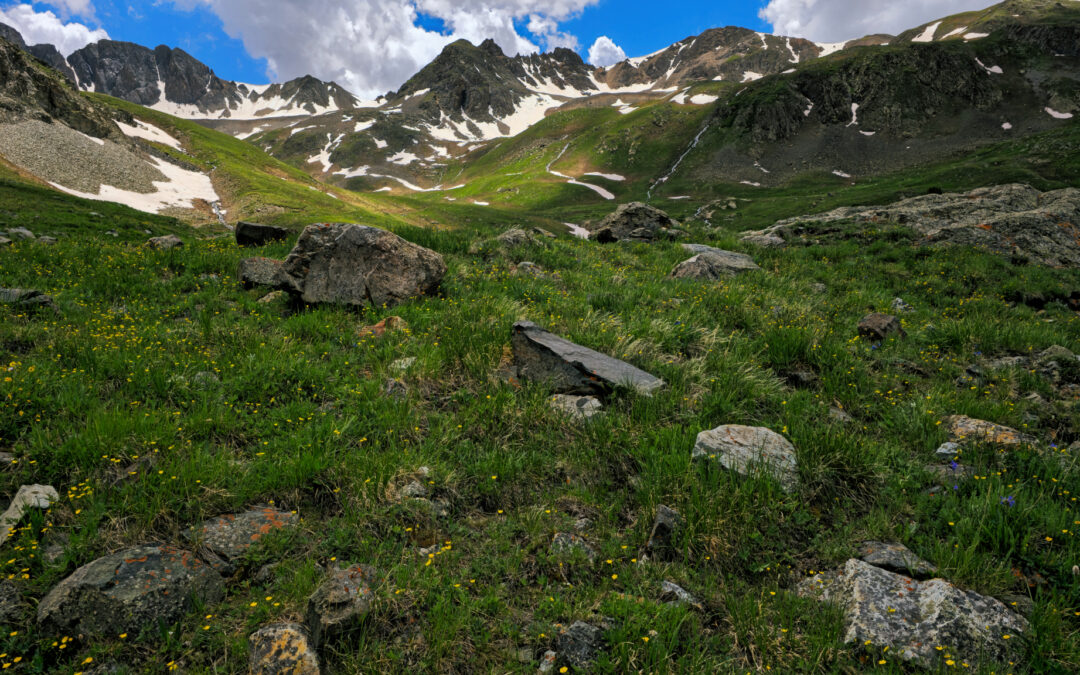
Handies Peak (14,058′), San Juan Range
Handies Peak (14,058′), San Juan Range
Handies Peak, which rises to 14,048 feet in elevation, is the highest point of land managed by the Bureau of Land Management. Among Colorado’s 14ers, Handies Peak is considered one of the more straightforward climbs, although getting to American Basin can be a challenge. It is highly recommended that a high-clearance 4×4 vehicle is used to get to the trailhead, as it is located along the Alpine Loop. The standard route, known as the Southwest Slopes, is a Class 1 hike. This means it’s a non-technical ascent on a well-defined trail with minimal exposure.
Trail Stats
- Trailhead: American Basin
- Round trip: 6 miles (9.7 km)
- Elevation: 11,600′- 14,058′ (3,535 m – 4,285 m)
- County: Hinsdale
- Wilderness Study Area: Handies Peak
Trail Pictures
GPX with Elevation
Video Tour
Trail Directions
From the trailhead, follow the well maintained trail ascending south and then southeast into the basin. The trail turns left and continues southeast to reach the base of a slope in the middle of the basin. Switchback a couple of hundred feet up the slope to see the east end of the basin. Handies is up to your left (northeast).
Turn right (south) and follow the trail up to Sloan Lake. Turn left at the Sloan Lake Junction and continue east onto a rocky area where much of the remaining route can now be seen. Trek northeast across a talus slope and switchback up the southwest slope to reach the 13,500-foot saddle between Handies Peak and Point 13,588′. Turn left and follow the trail up the ridge to the summit.
Trailhead Directions




















